Advertising and art are rivals, vying with one another as competitors to be taken seriously in the free interplay of illusion and aesthetics in which both parties adopt the typical strategies of the other. Peter Vahlefeld allows this paradox of concepts to collide in his paintings, not without a certain sense of irony though, giving commentary to the artistic gesture of abstract expressionism and, at the same time, acting as a reflection on the art of painting itself.
In the first instance, all the references he uses and paints over are media products that are circulated in order to draw attention to art events, exhibitions and fine art auctions. In the process of overpainting auction catalogues and gallery advertisements, the link between the circulation of the image and the expected circulation of as much money as possible becomes manifest. Vahlefeld consistently leaves visible almost all written information regarding the function and context of the images, such as captions, page numbers and gallery names. The printed materials are attacked with oil paint and appear as archaic manifestos. In the photo studio these overpaintings are re-photographed and illuminated - the impasto foreground vs. the slick surface of the background - and re-used as a base on which to paint, this time on canvas. In doing so, Vahlefeld utilizes the new possibilities granted by computer-aided image production techniques, and post-production to render and modify images as a continuation of the painting process. The media he uses are inkjet prints with pigmented inks in dialogue with acrylic and oil paints. Unlike on the computer, where the functional logic is based on described rules, the material itself becomes the topic as a sequence of actions. Spilt paint sections and distinctive gestures come together on canvas, digital prints and colored fabric. Using a brush, a squeegee, a roller, stencils, grinding tools and other mechanical aids, elements are destroyed or re-built until the mark making surprises or irritates.
Each act of painting is a statement that brings about the next. The digital reflects painting as a possibility, negotiates it as it is practised in the analogue reality of the canvas, in order to then cover it in fragments with the precise photographic copy. The canvas acts as a tautological wallpaper that Peter Vahlefeld then re-digitalizes in order to again clothe it in digital print-outs and over-paint. Duplication, trompe l'oeil, magnification and gridwork are the playful means with which he questions the icons of art history. By repeatedly scanning, printing and over-painting, the branding of media products are contaminated with paint and their significance eliminated. What remains is often only just scratched image surface that gives the impression of three-dimensional depth created as a result of the layering process. What appears painted can be printed, what appears printed is actually painted. The suggested immediacy of paint, paint splatter and streaking often turns out to be a representation conveyed by technology. It is not just the life-size blow-up reality of paint splatters that betray their artificial nature. The repetition of the same streaks can be seen distributed in different arrangements on the surface of the canvas, condensing into abstract picture planes.
It is the difference of the image to itself which manifests as a tautology and seems to be somewhere in between the real material and its appearance. These media duplications are not just a quote of the over-painting but a repetition of their own mediatisation. What repeats itself is not just the original painting with paint and brush, but the reproduction of this process as a mass-media image where, somewhere between the material trace and the commercial printing, the differences have been lost.
In the first instance, all the references he uses and paints over are media products that are circulated in order to draw attention to art events, exhibitions and fine art auctions. In the process of overpainting auction catalogues and gallery advertisements, the link between the circulation of the image and the expected circulation of as much money as possible becomes manifest. Vahlefeld consistently leaves visible almost all written information regarding the function and context of the images, such as captions, page numbers and gallery names. The printed materials are attacked with oil paint and appear as archaic manifestos. In the photo studio these overpaintings are re-photographed and illuminated - the impasto foreground vs. the slick surface of the background - and re-used as a base on which to paint, this time on canvas. In doing so, Vahlefeld utilizes the new possibilities granted by computer-aided image production techniques, and post-production to render and modify images as a continuation of the painting process. The media he uses are inkjet prints with pigmented inks in dialogue with acrylic and oil paints. Unlike on the computer, where the functional logic is based on described rules, the material itself becomes the topic as a sequence of actions. Spilt paint sections and distinctive gestures come together on canvas, digital prints and colored fabric. Using a brush, a squeegee, a roller, stencils, grinding tools and other mechanical aids, elements are destroyed or re-built until the mark making surprises or irritates.
Each act of painting is a statement that brings about the next. The digital reflects painting as a possibility, negotiates it as it is practised in the analogue reality of the canvas, in order to then cover it in fragments with the precise photographic copy. The canvas acts as a tautological wallpaper that Peter Vahlefeld then re-digitalizes in order to again clothe it in digital print-outs and over-paint. Duplication, trompe l'oeil, magnification and gridwork are the playful means with which he questions the icons of art history. By repeatedly scanning, printing and over-painting, the branding of media products are contaminated with paint and their significance eliminated. What remains is often only just scratched image surface that gives the impression of three-dimensional depth created as a result of the layering process. What appears painted can be printed, what appears printed is actually painted. The suggested immediacy of paint, paint splatter and streaking often turns out to be a representation conveyed by technology. It is not just the life-size blow-up reality of paint splatters that betray their artificial nature. The repetition of the same streaks can be seen distributed in different arrangements on the surface of the canvas, condensing into abstract picture planes.
It is the difference of the image to itself which manifests as a tautology and seems to be somewhere in between the real material and its appearance. These media duplications are not just a quote of the over-painting but a repetition of their own mediatisation. What repeats itself is not just the original painting with paint and brush, but the reproduction of this process as a mass-media image where, somewhere between the material trace and the commercial printing, the differences have been lost.
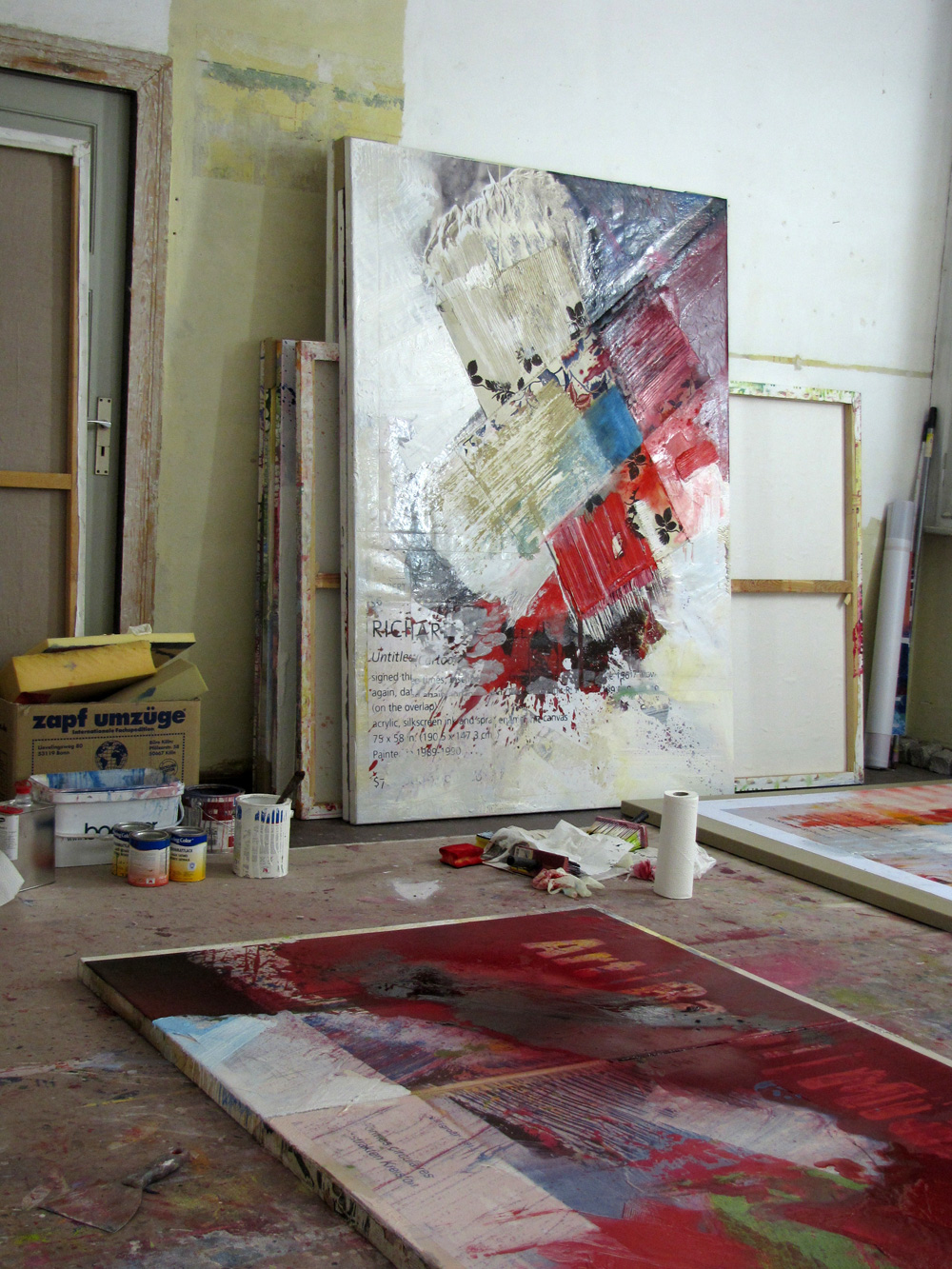
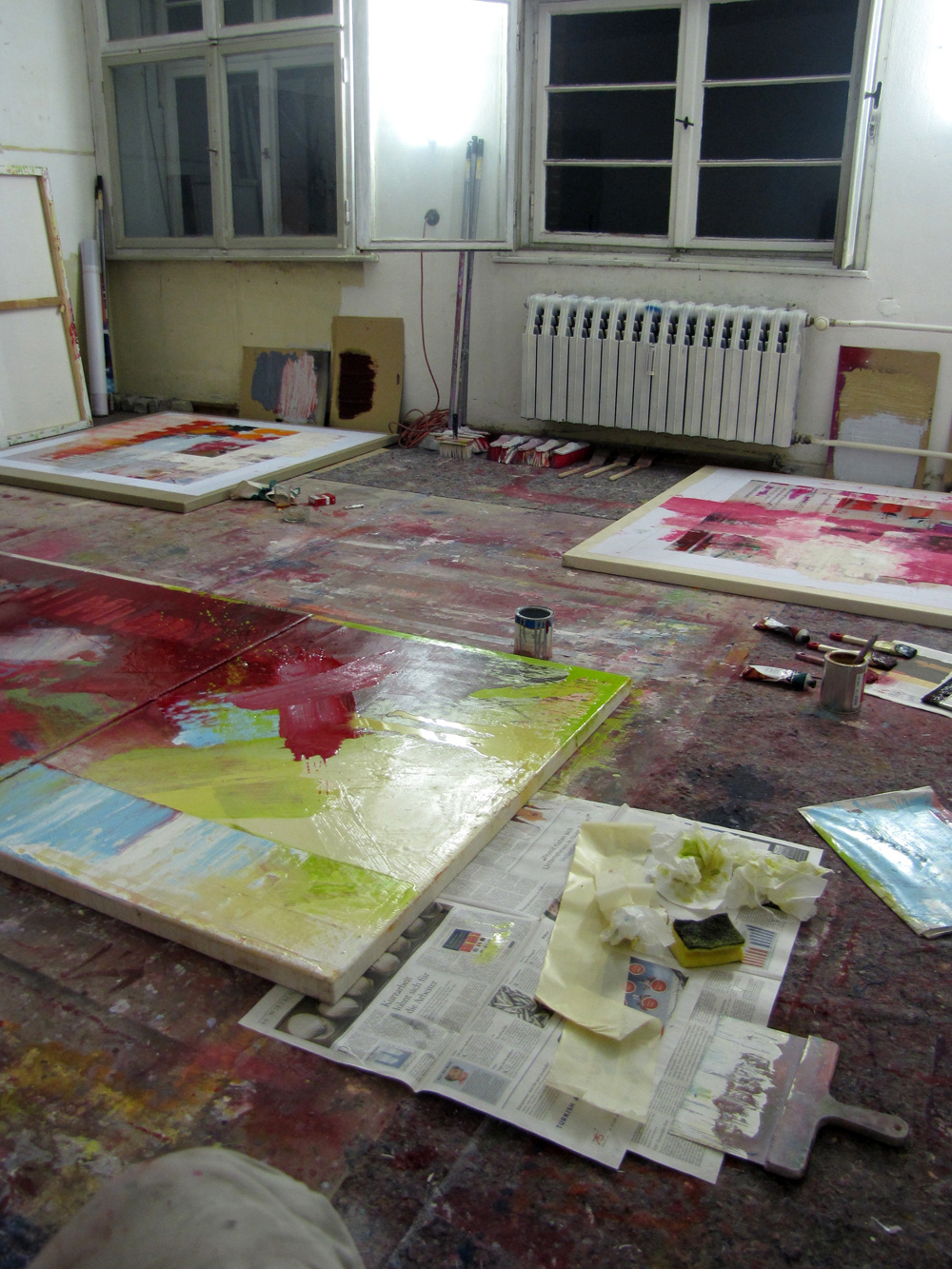
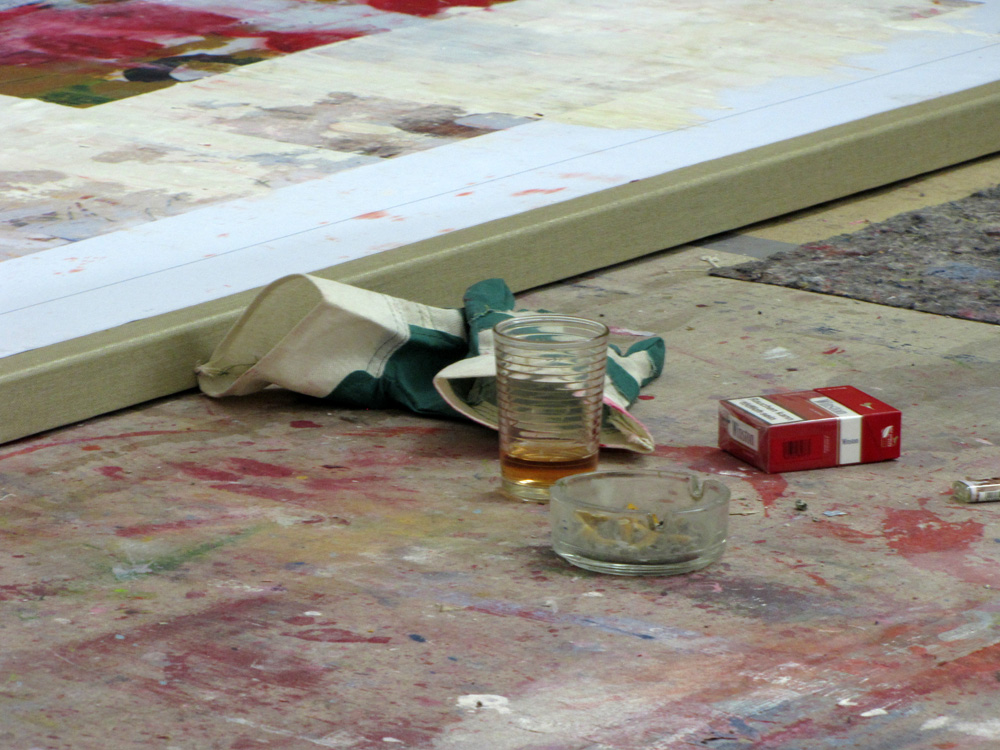
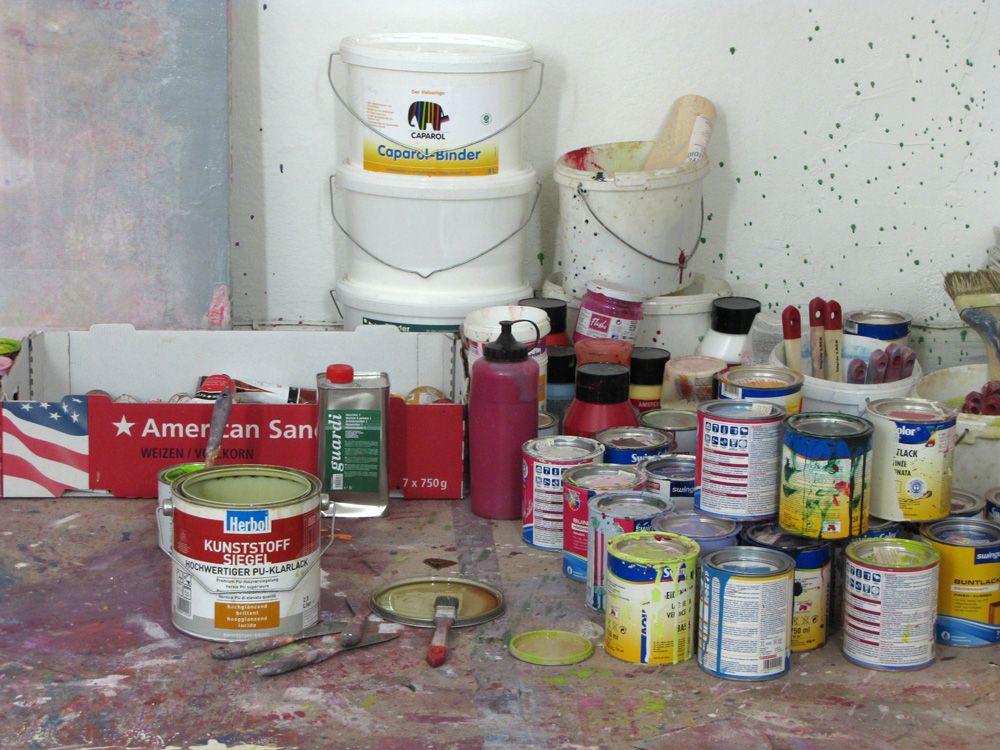
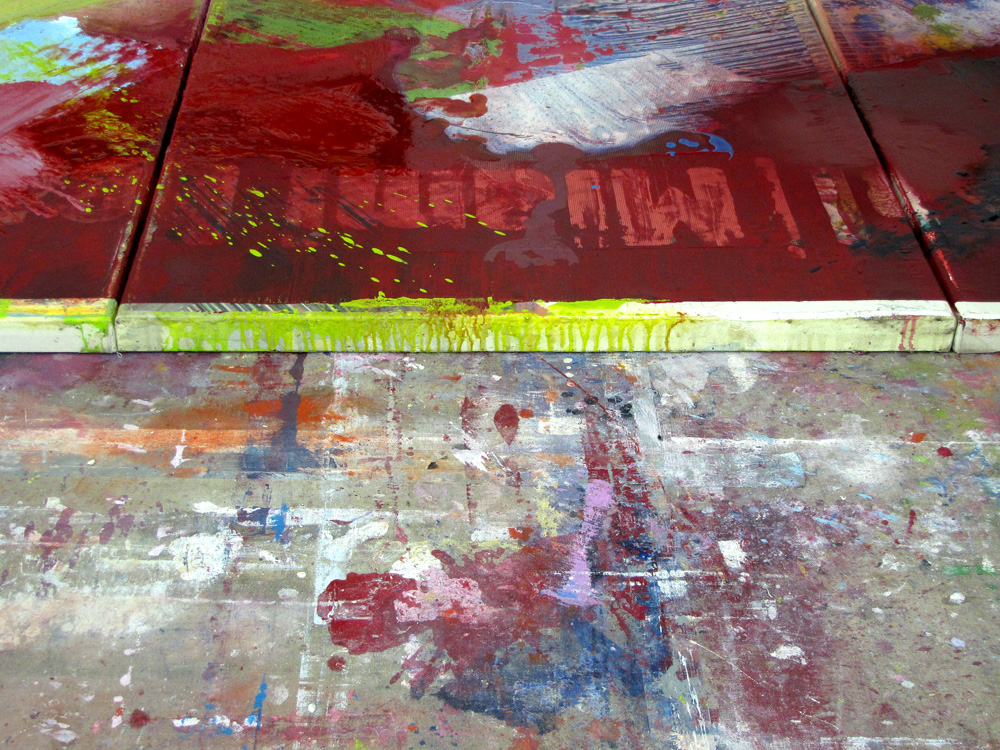
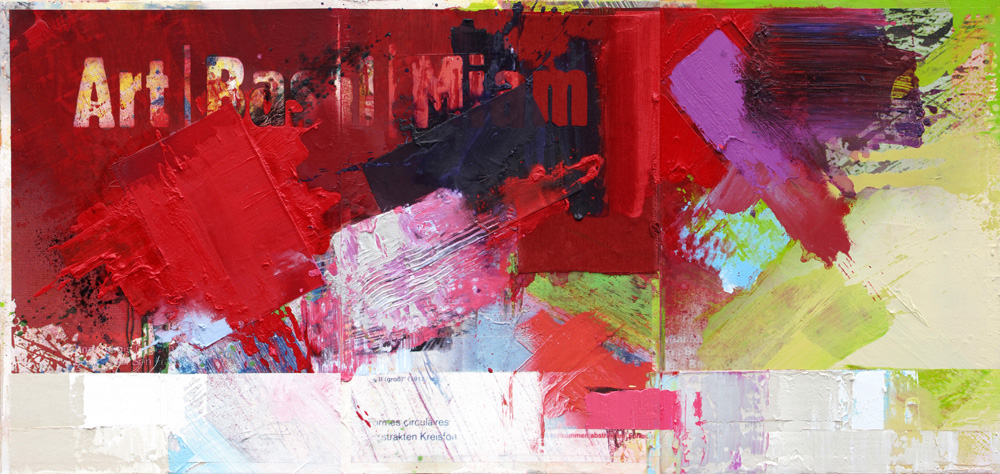
Marketing Campaign Art Basel Miami Beach, 2013, Acrylic, Oil, Fabric and Inkjet Prints on Canvas, 125 x 260 cm, 3 Parts
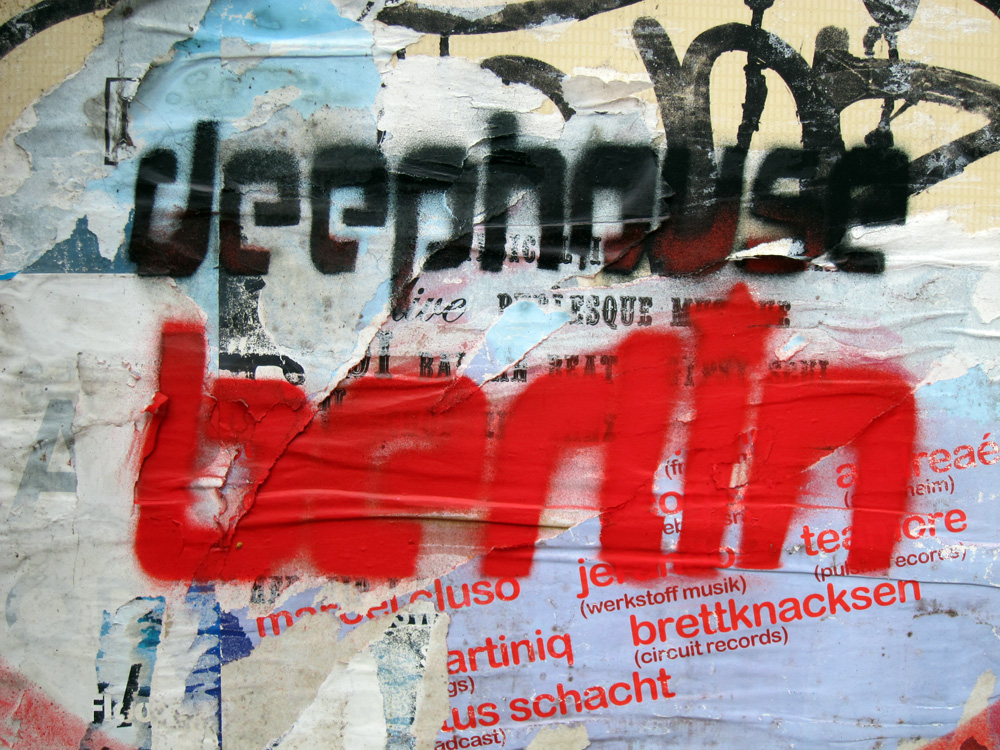
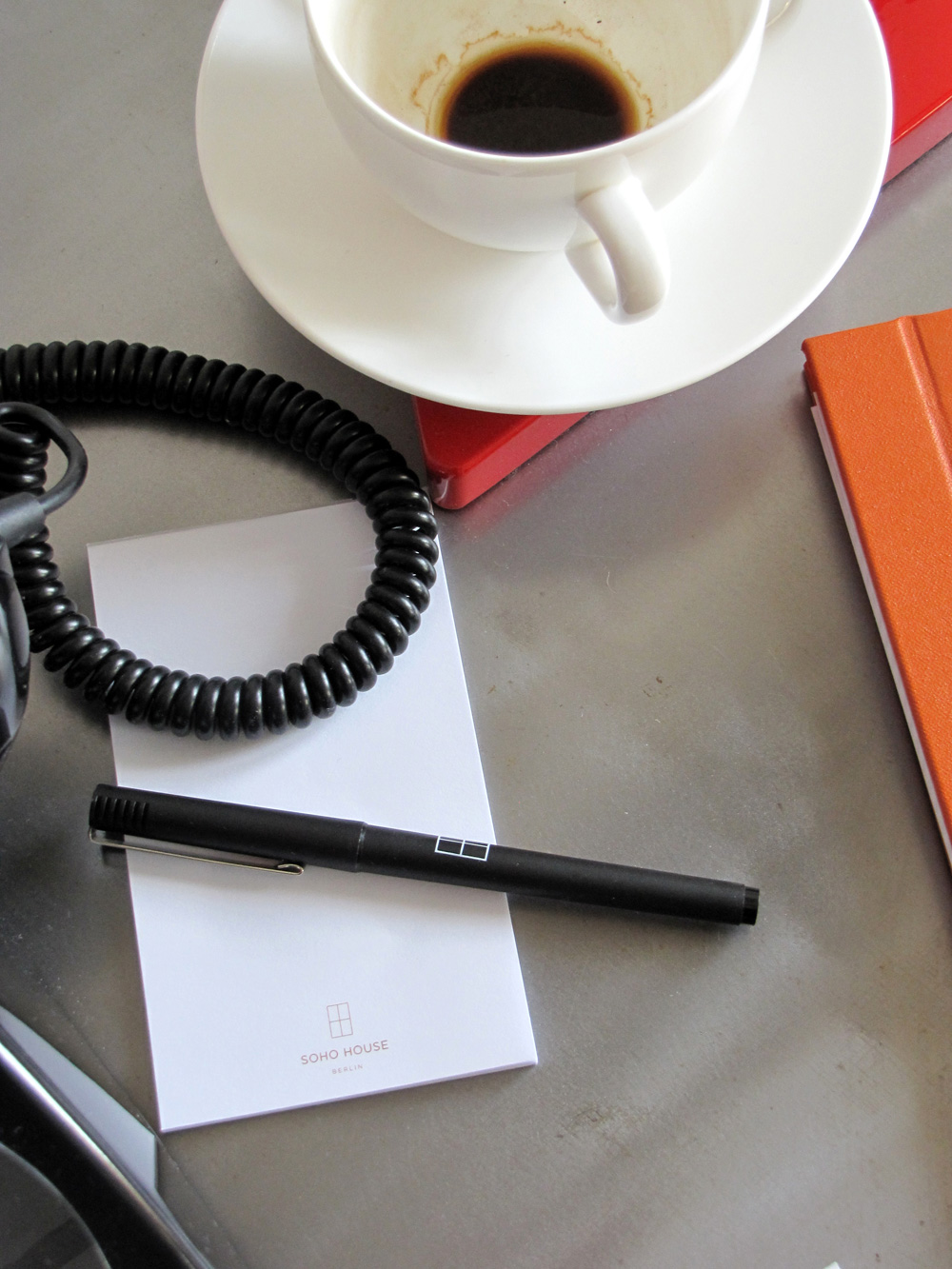
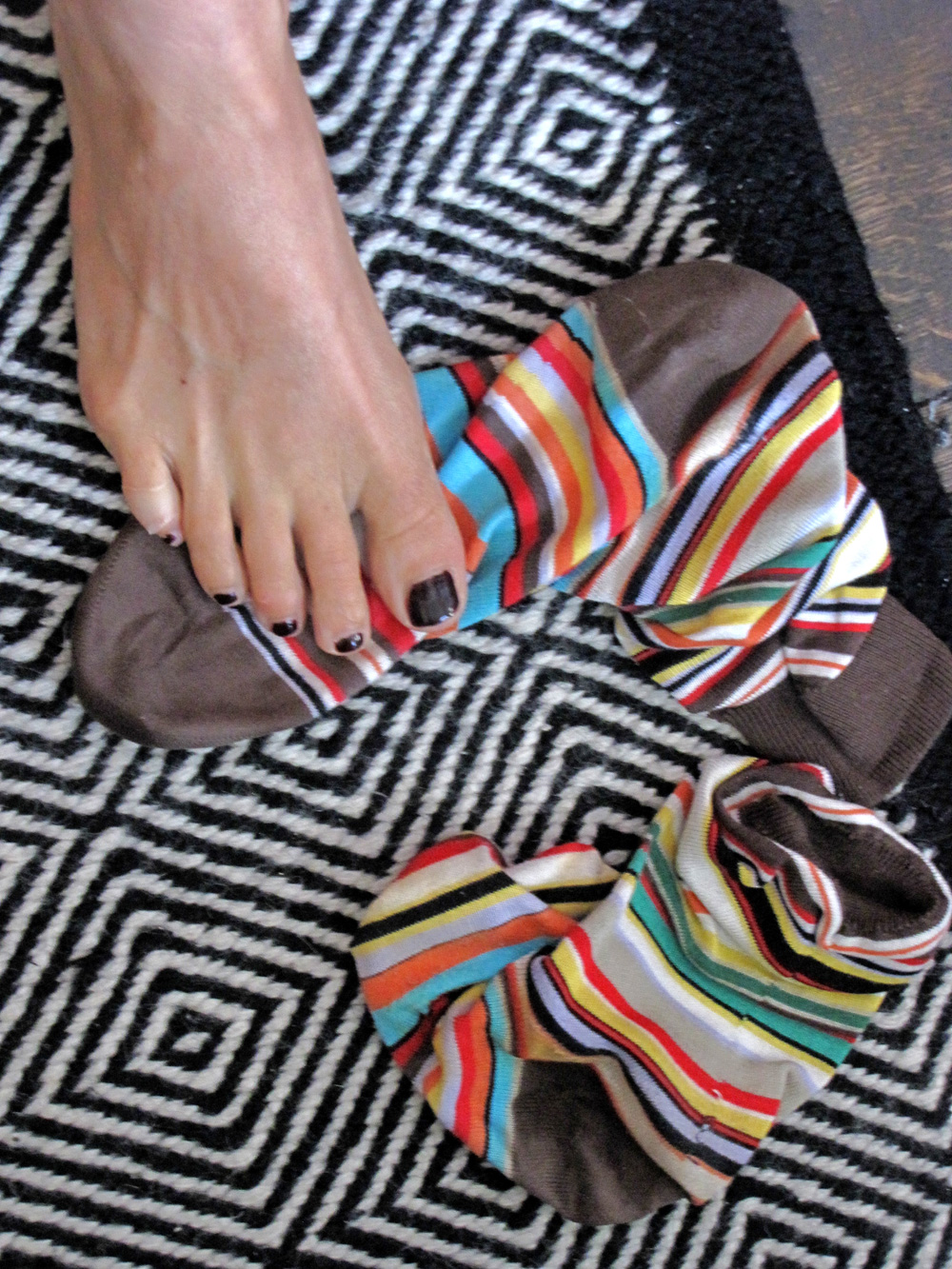

Marketing Campaign Lenbachhaus Munich, 2014, Acrylic, Oil and Inkjet Prints on Canvas, 120 x 120 cm
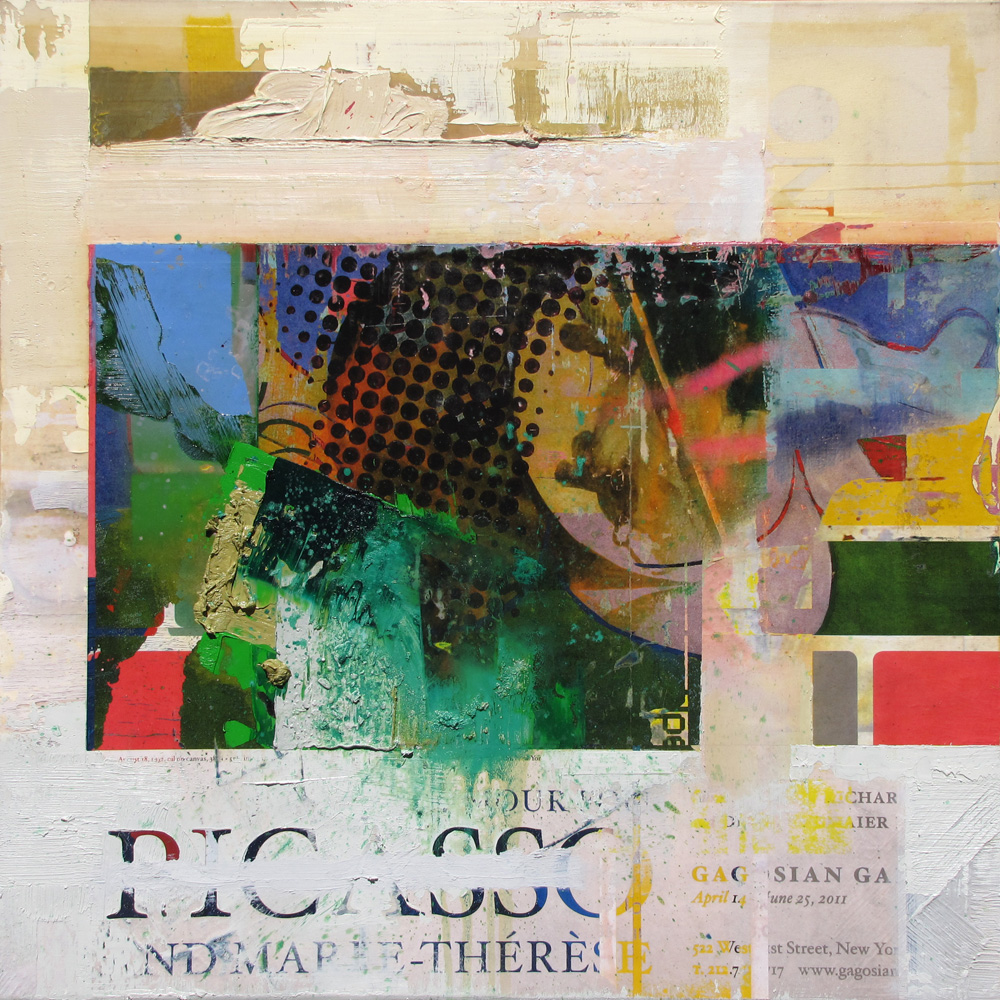
Advertisement Picasso, 2014, Acrylic, Oil and Inkjet Prints on Canvas, 115 x 115 cm
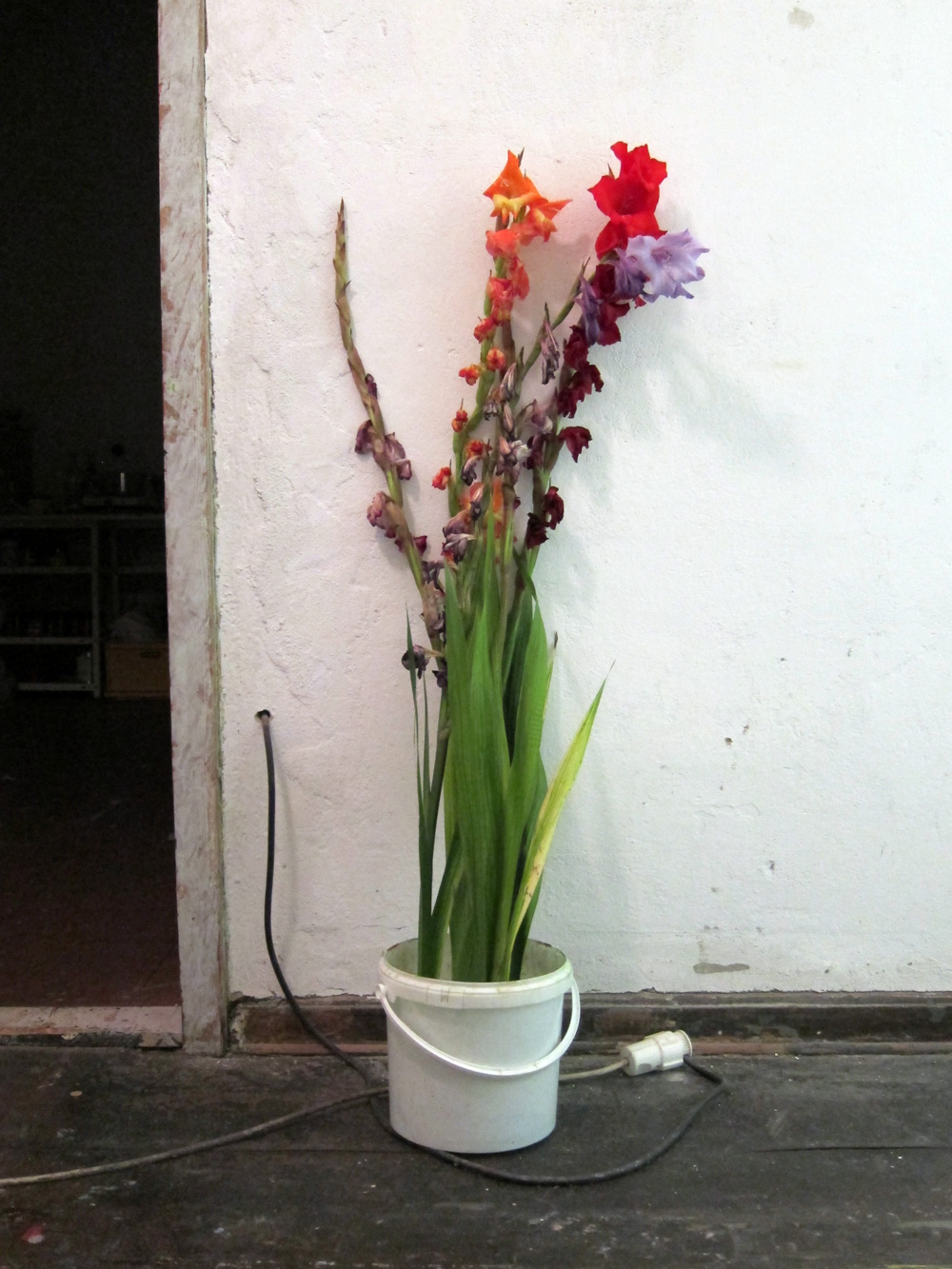
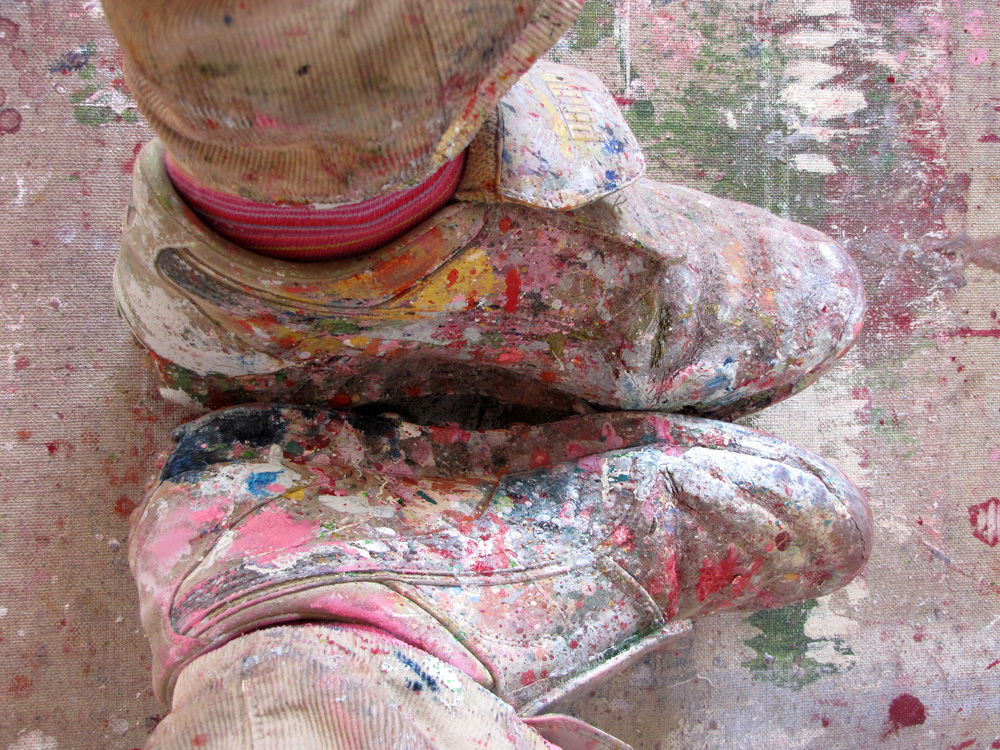
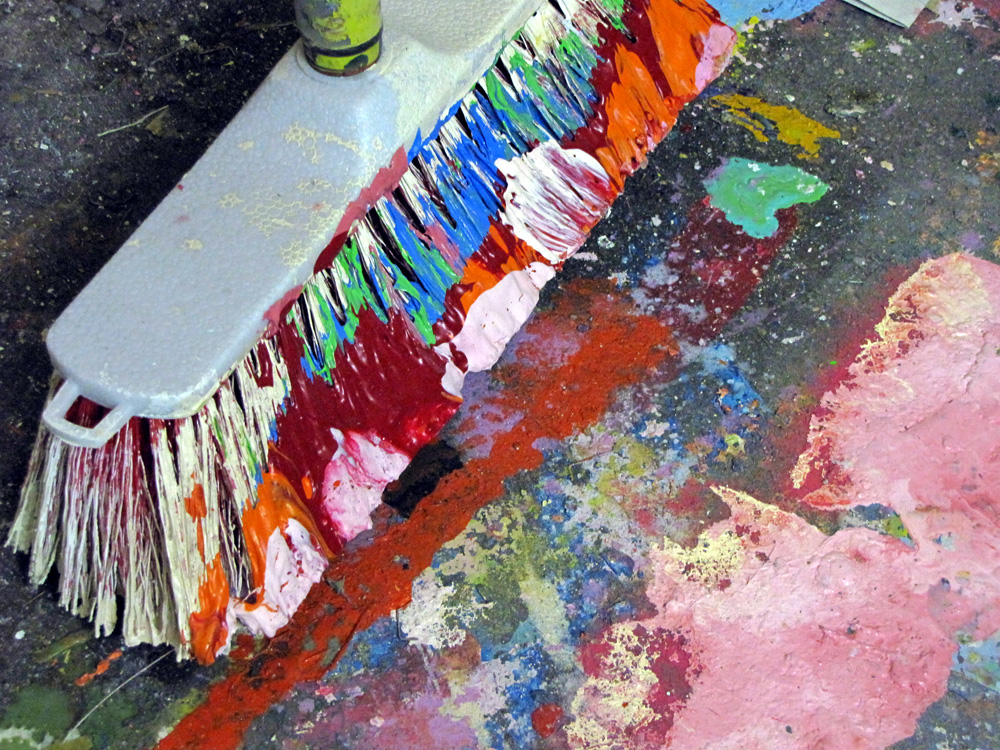
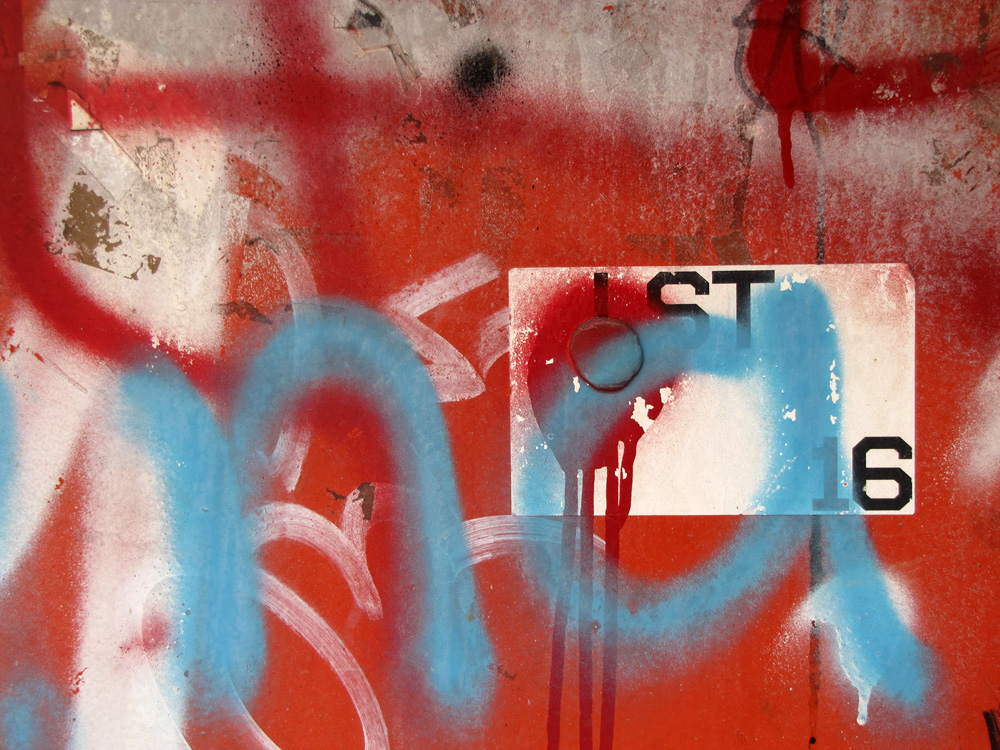
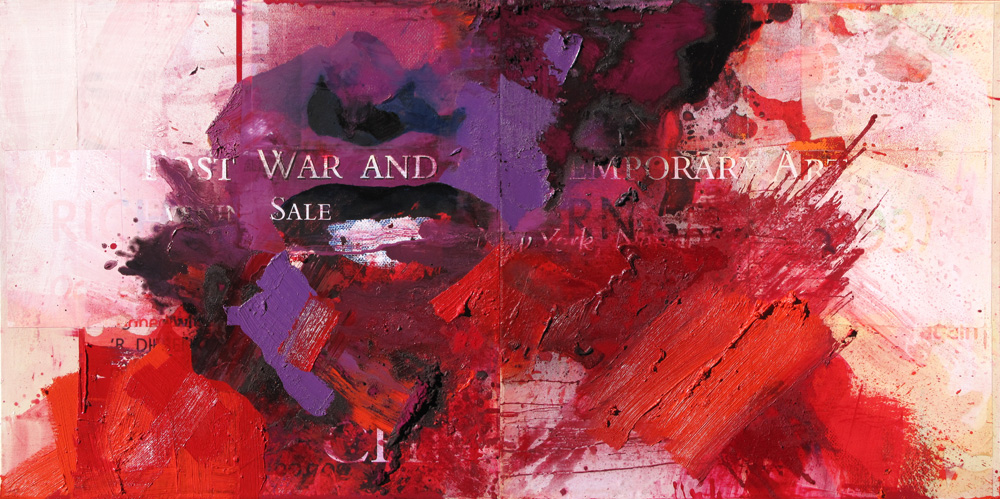
Auction House Advertisement, 2014, Acrylic, Oil and Inkjet Prints on Canvas, 120 x 240 cm
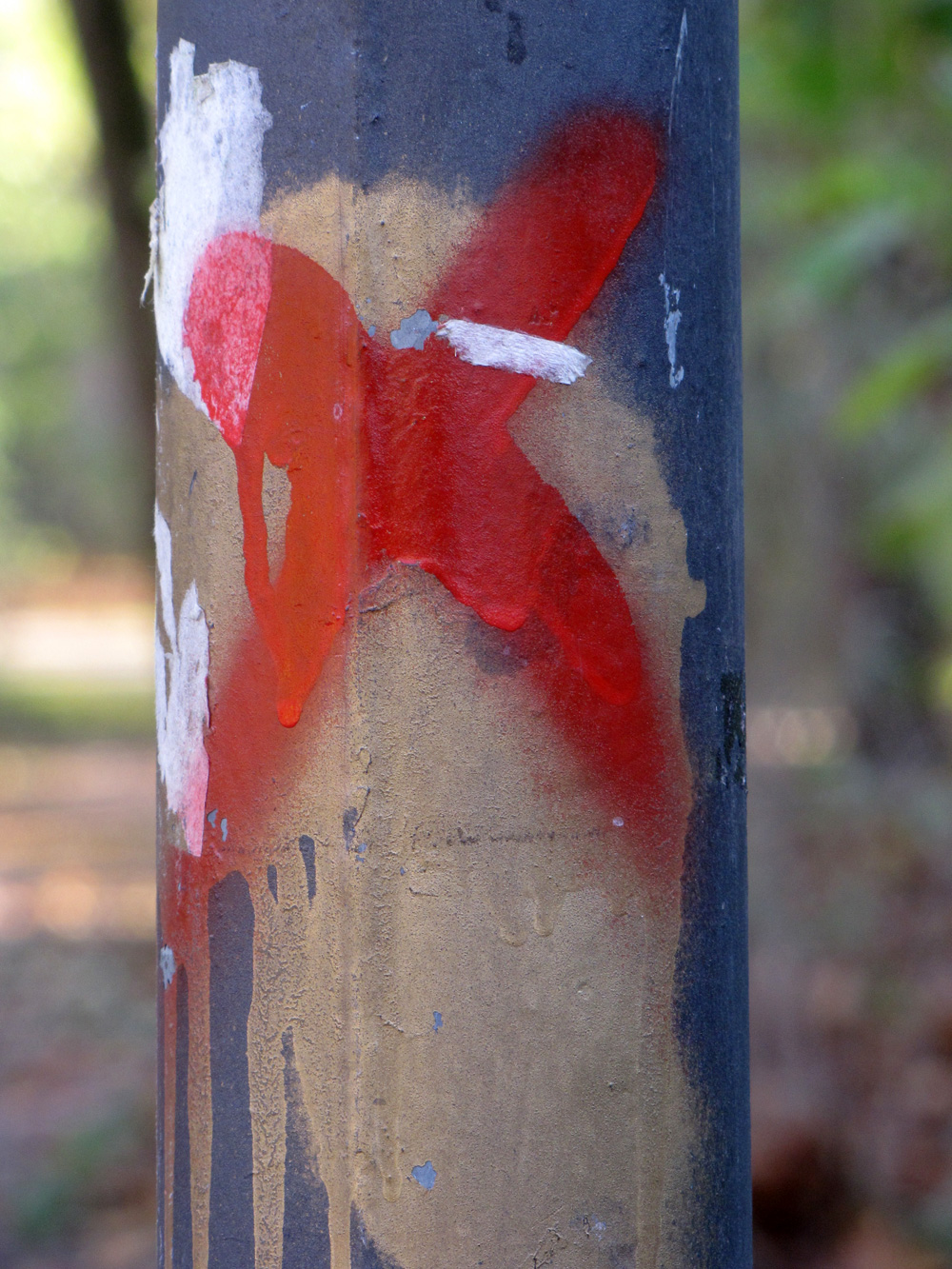
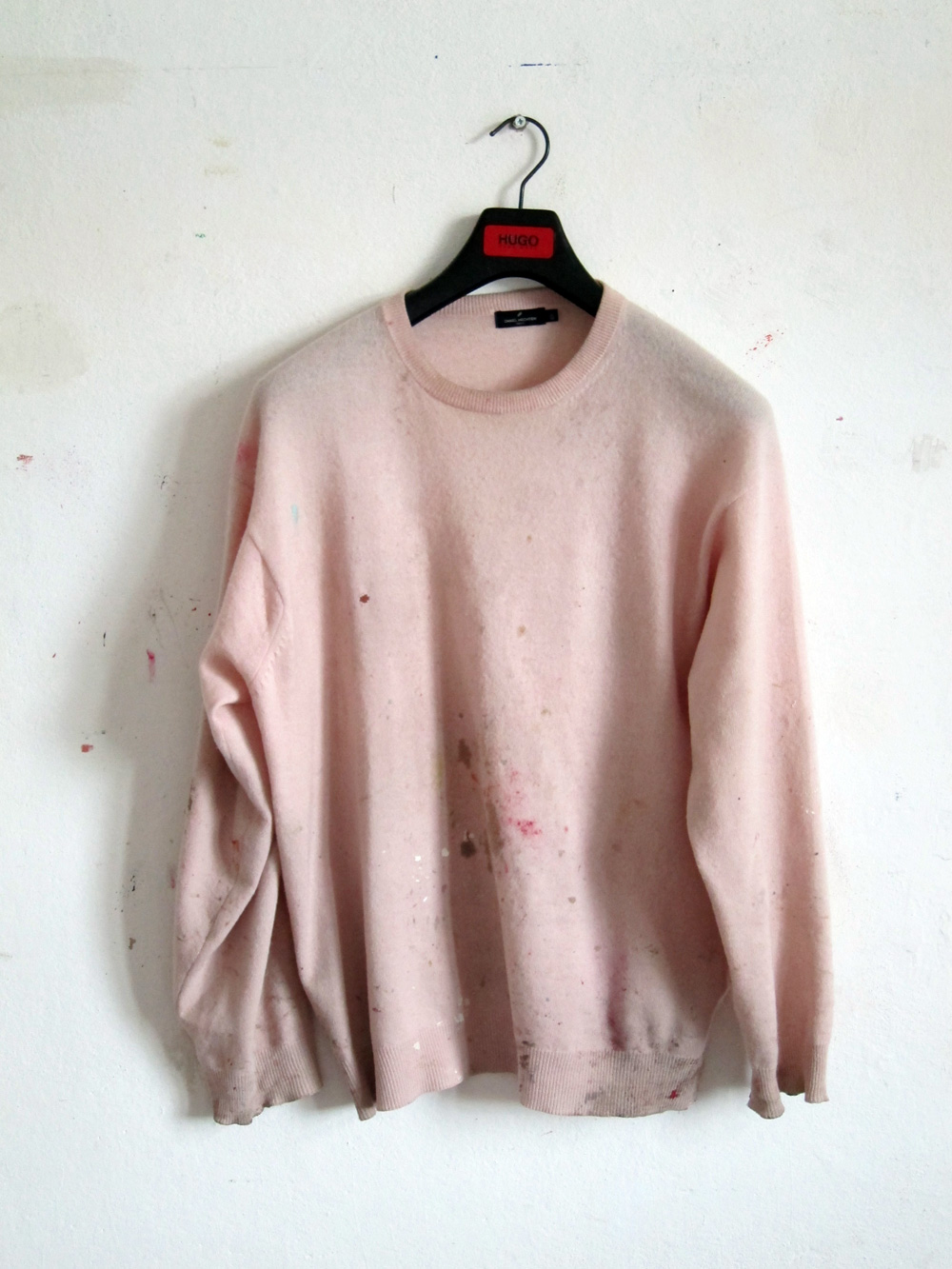
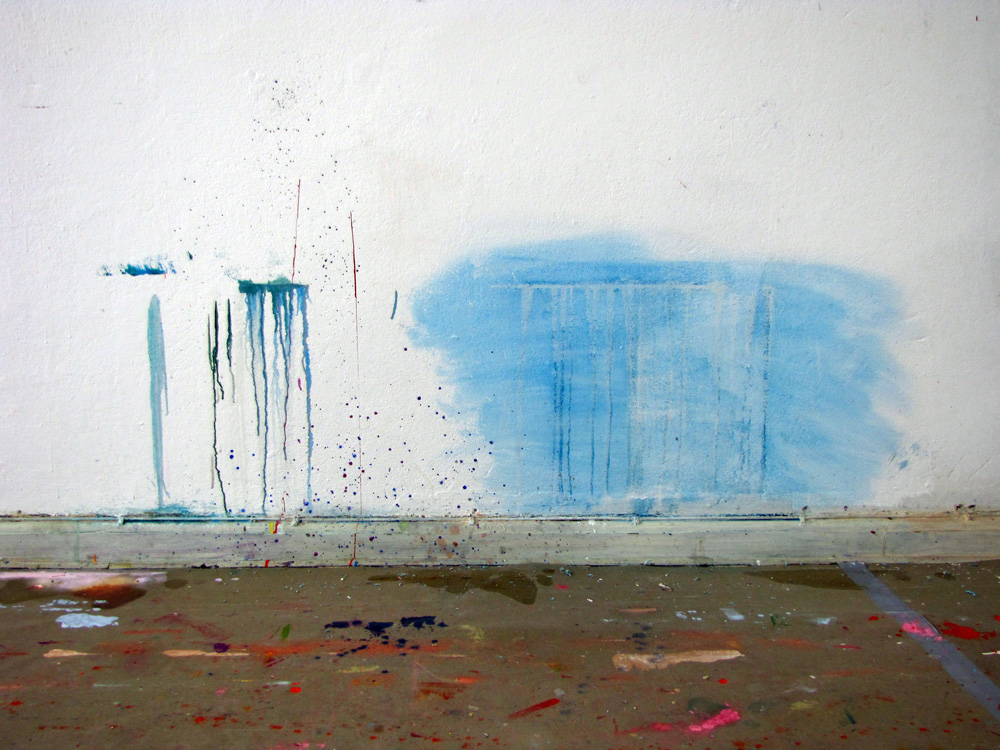
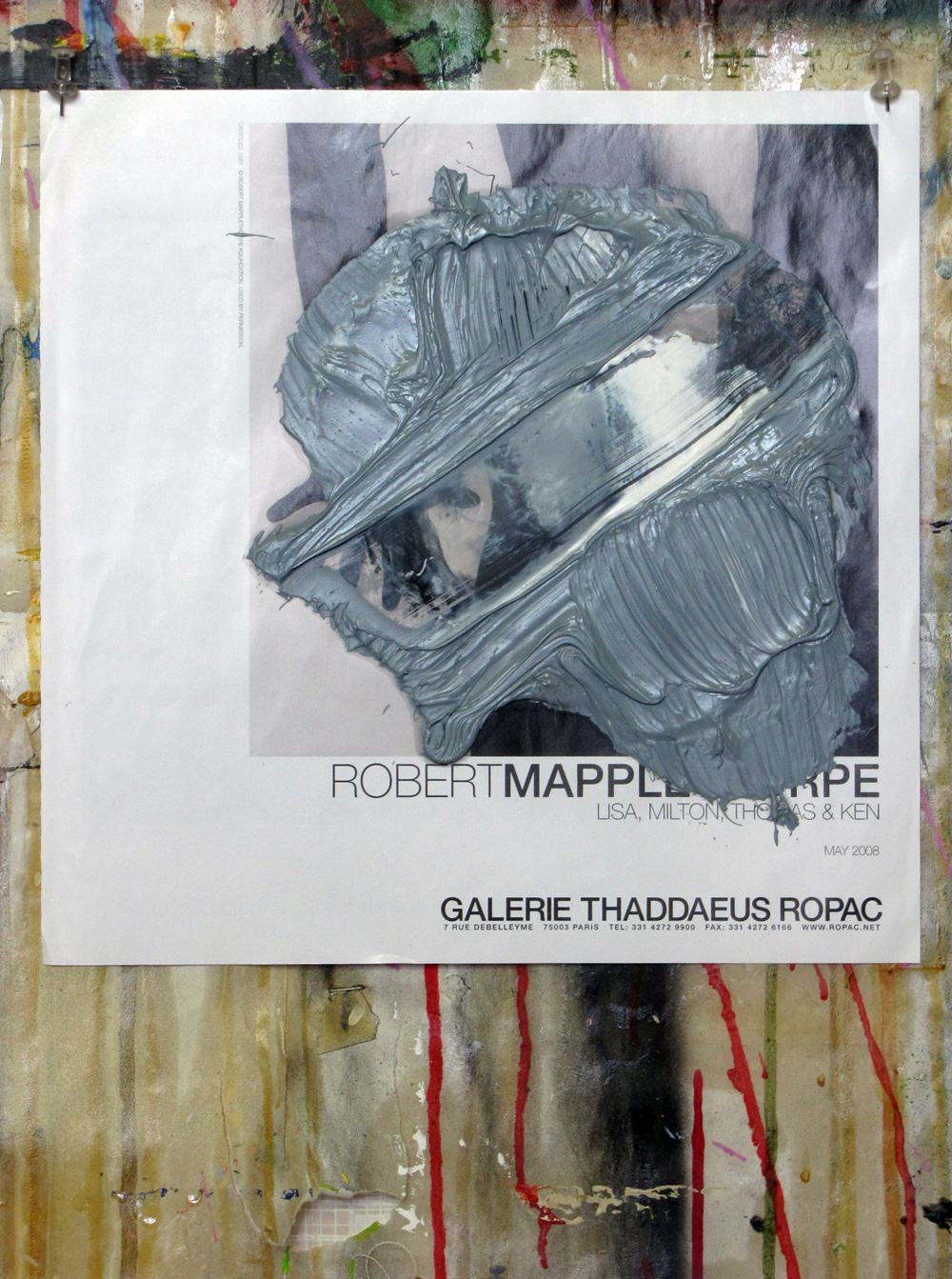
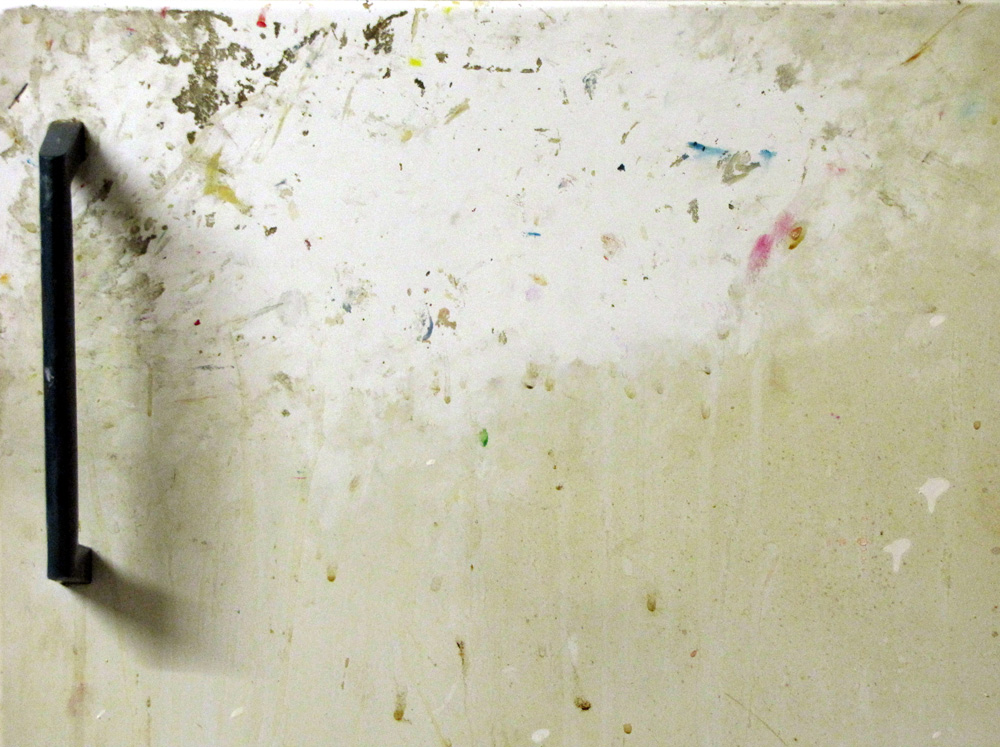
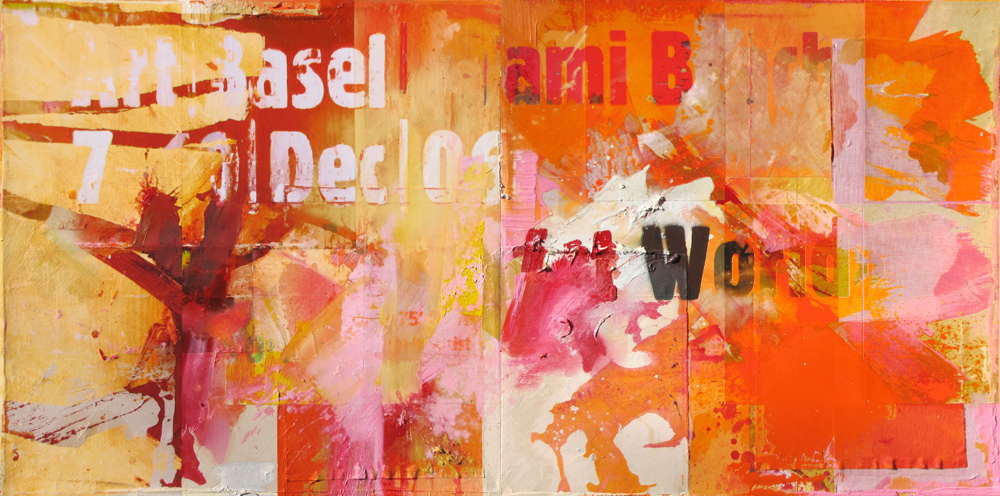
Marketing Campaign Art Basel Miami Beach, 2014, Acrylic, Oil, Fabric and Inkjet Prints on Canvas, 120 x 240 cm, 2 Parts
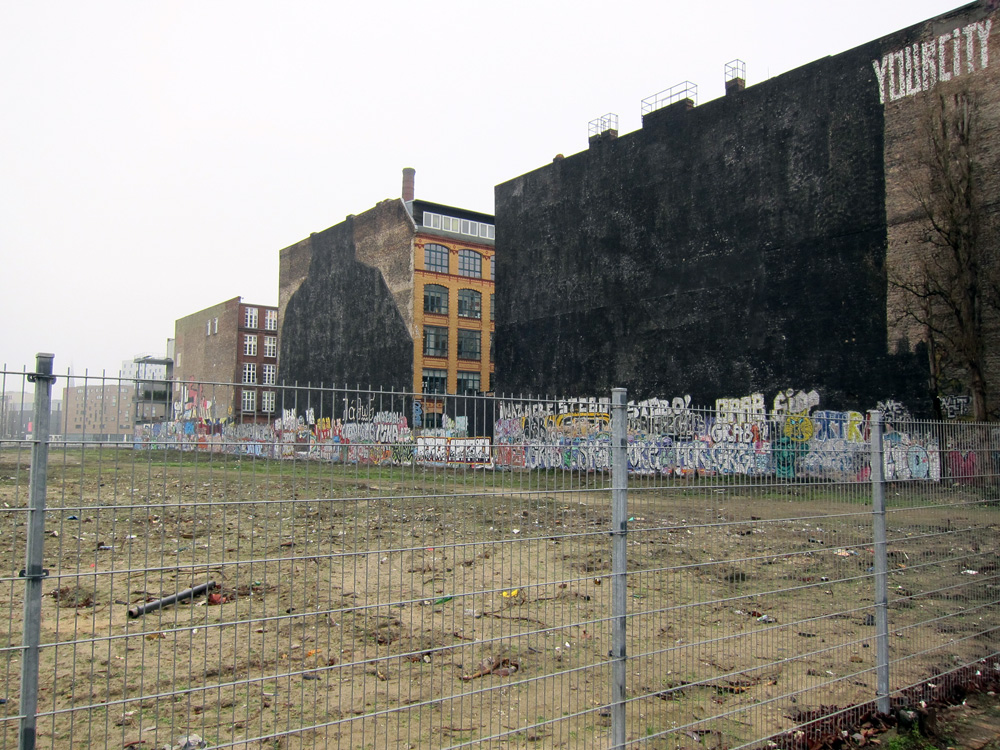

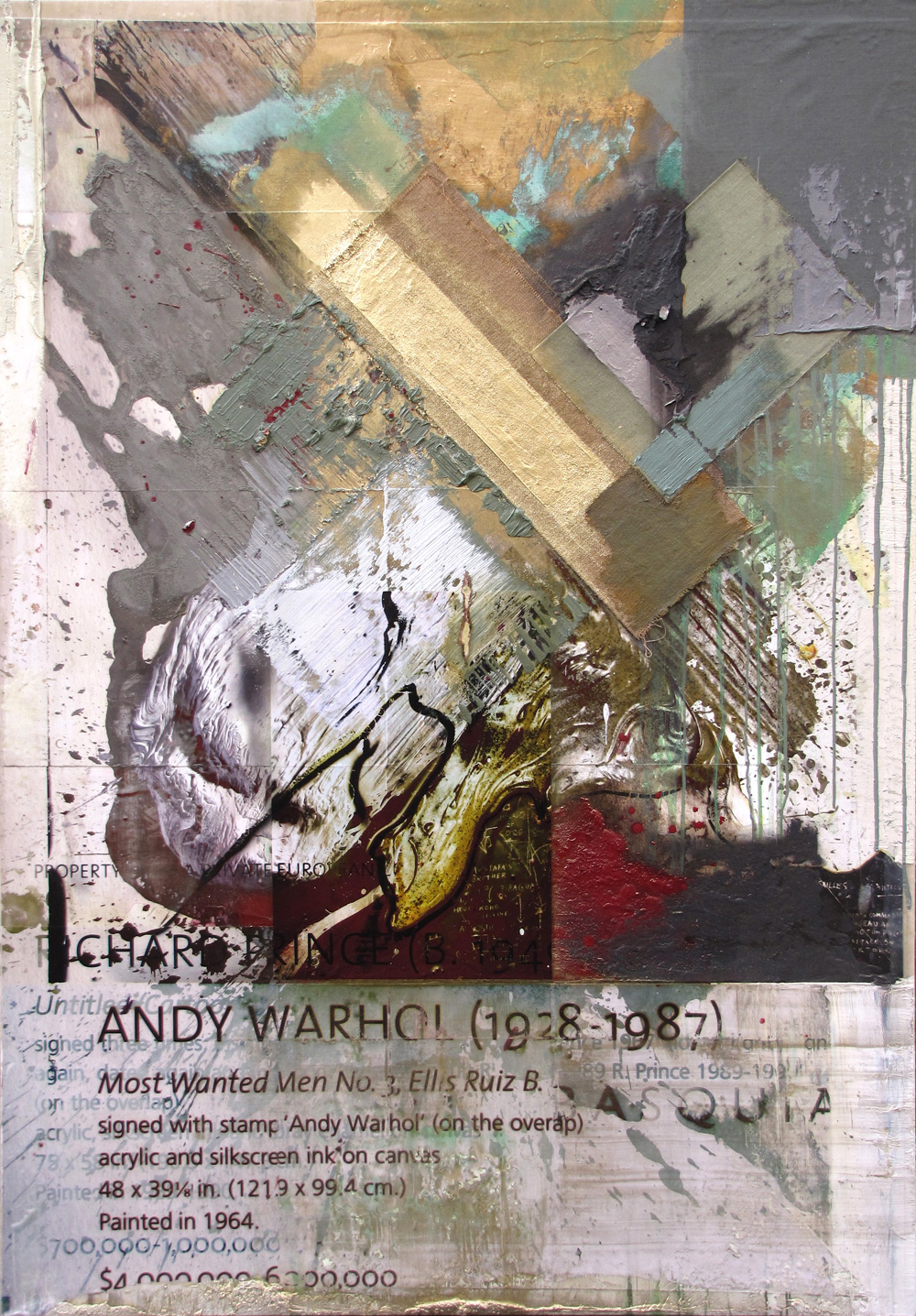
Auction House Advertising, 2014, Acrylic, Oil, Fabric and Inkjet Prints on Canvas, 200 x 140 cm

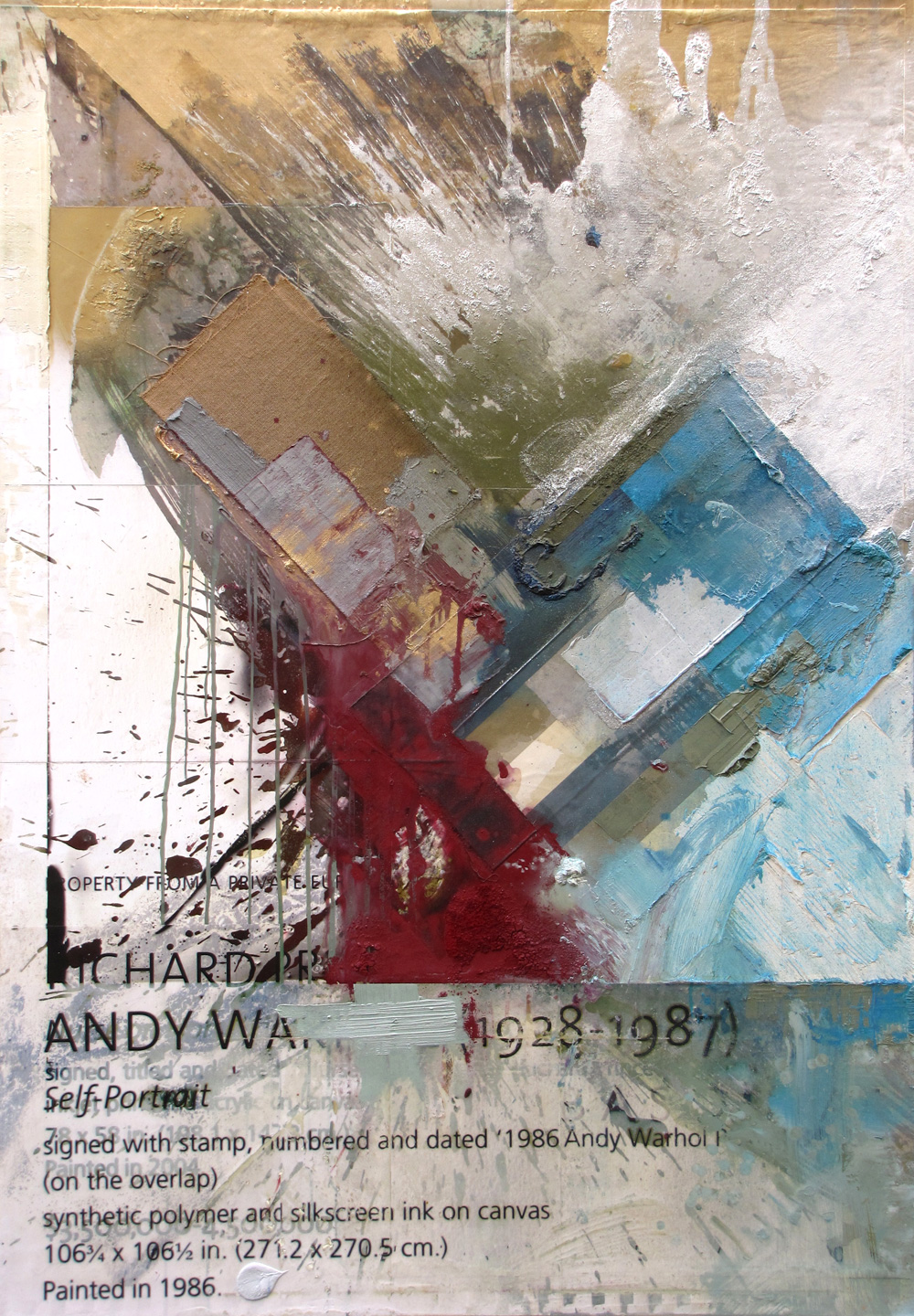
Auction House Advertising, 2014, Acrylic, Oil, Fabric and Inkjet Prints on Canvas, 200 x 140 cm
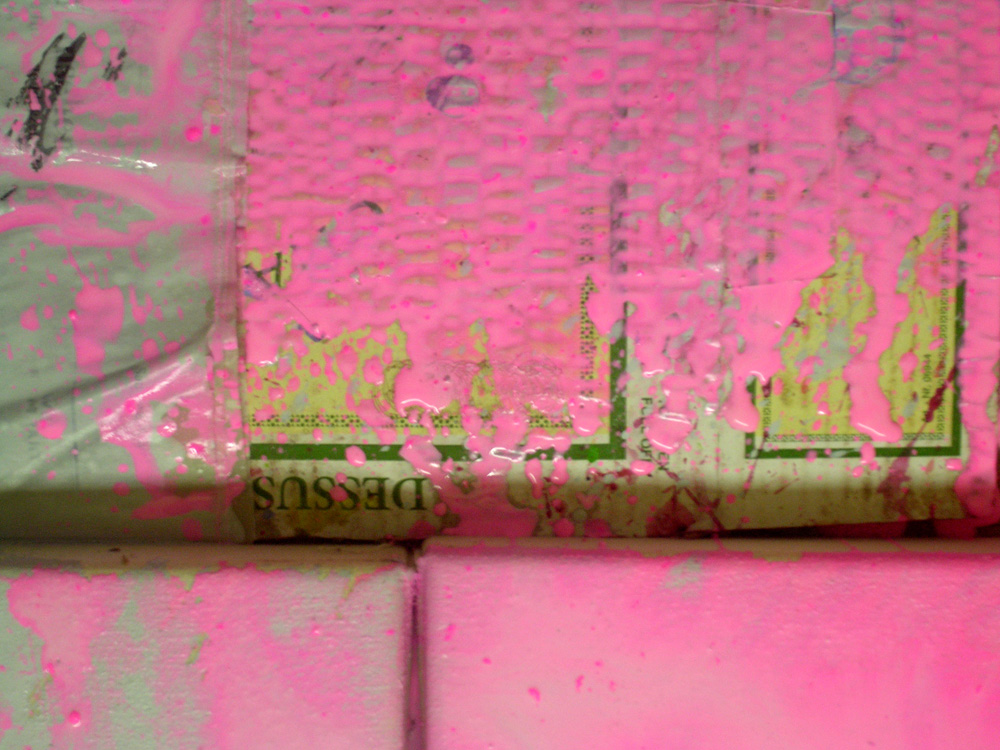
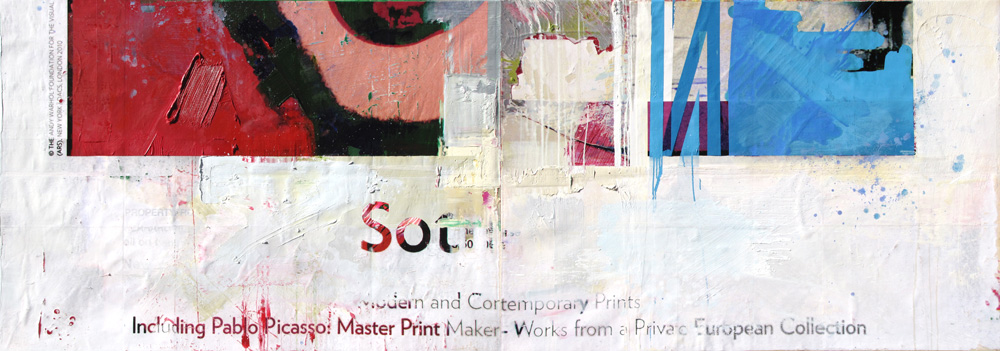
Auction House Advertisement, 2014, Acrylic, Oil and Inkjet Prints on Canvas, 120 x 340 cm, 2 Parts
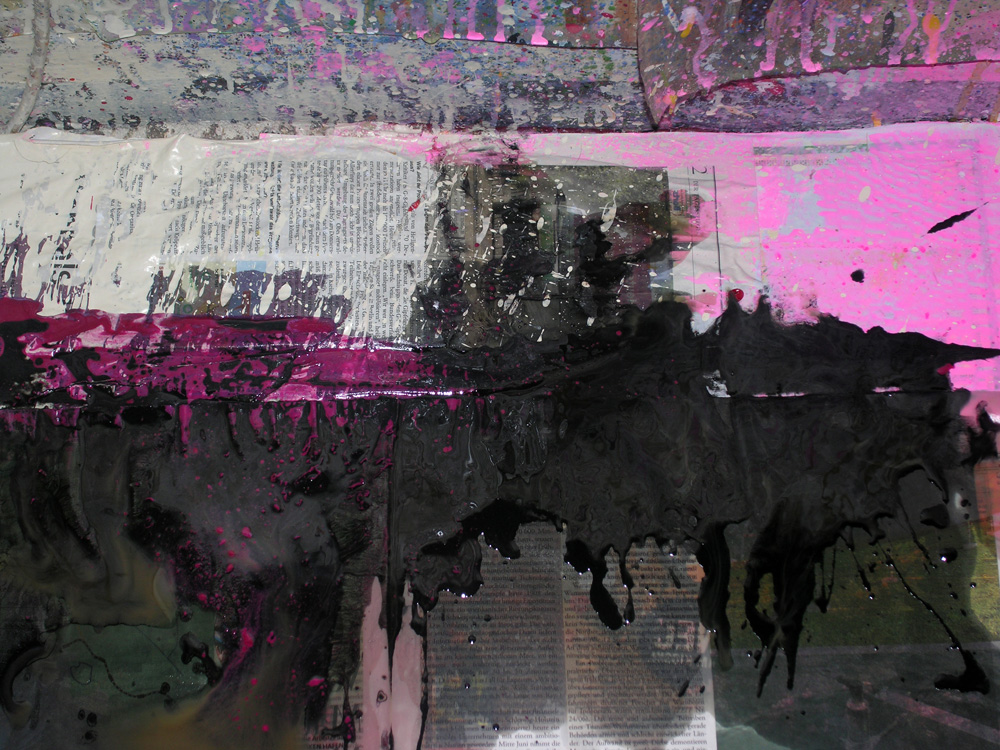
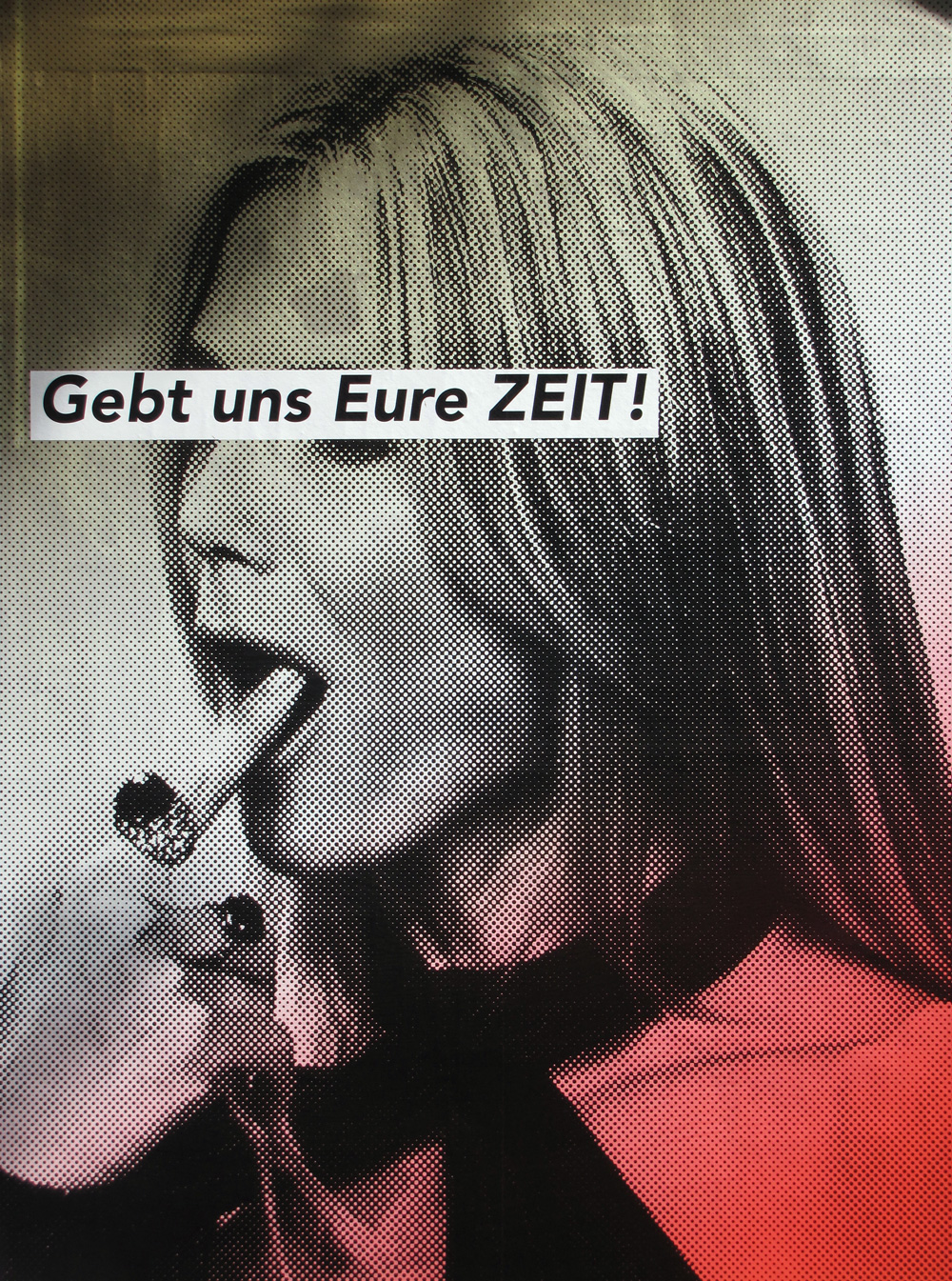
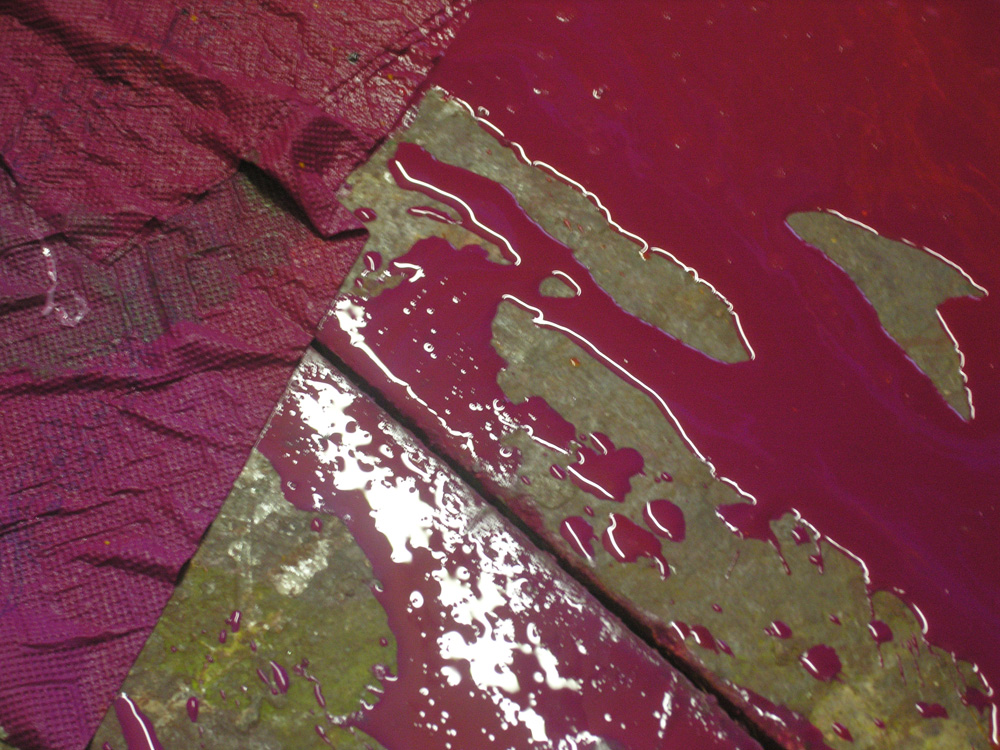
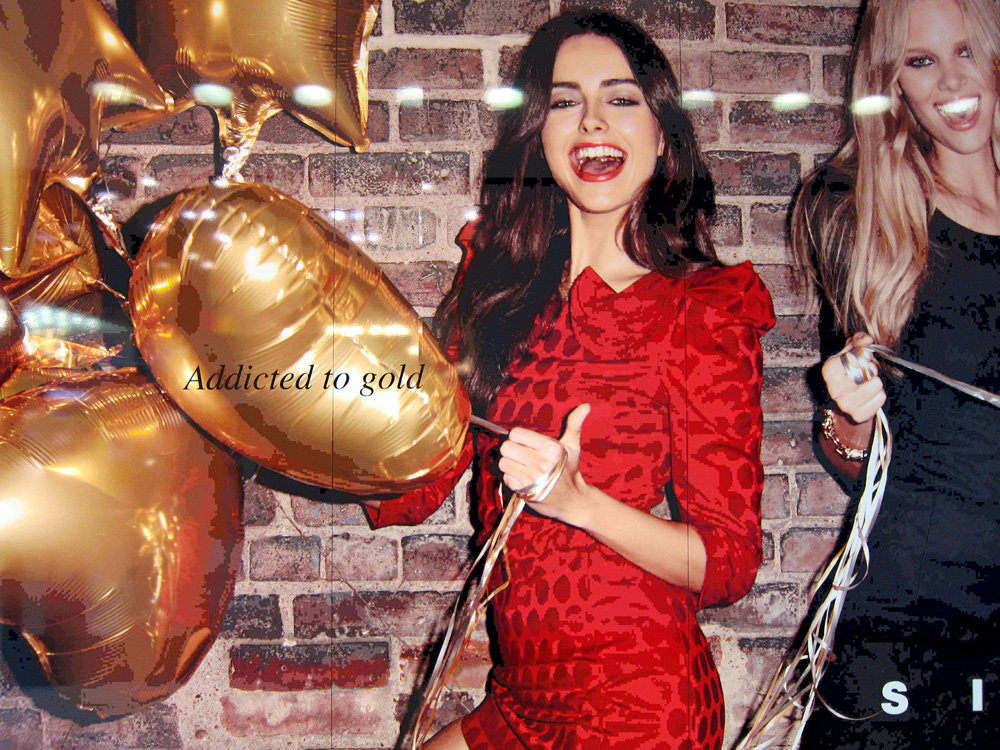
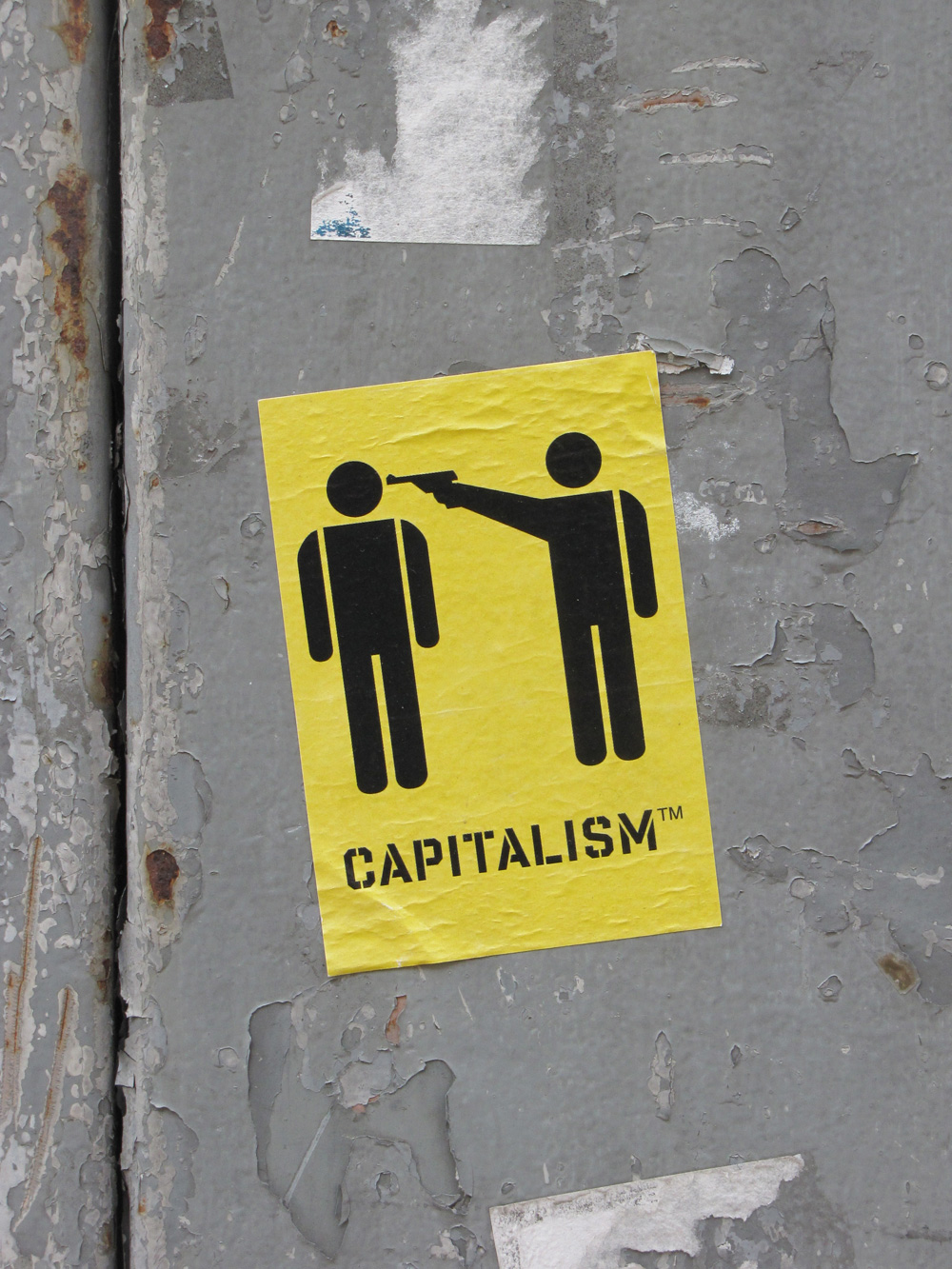
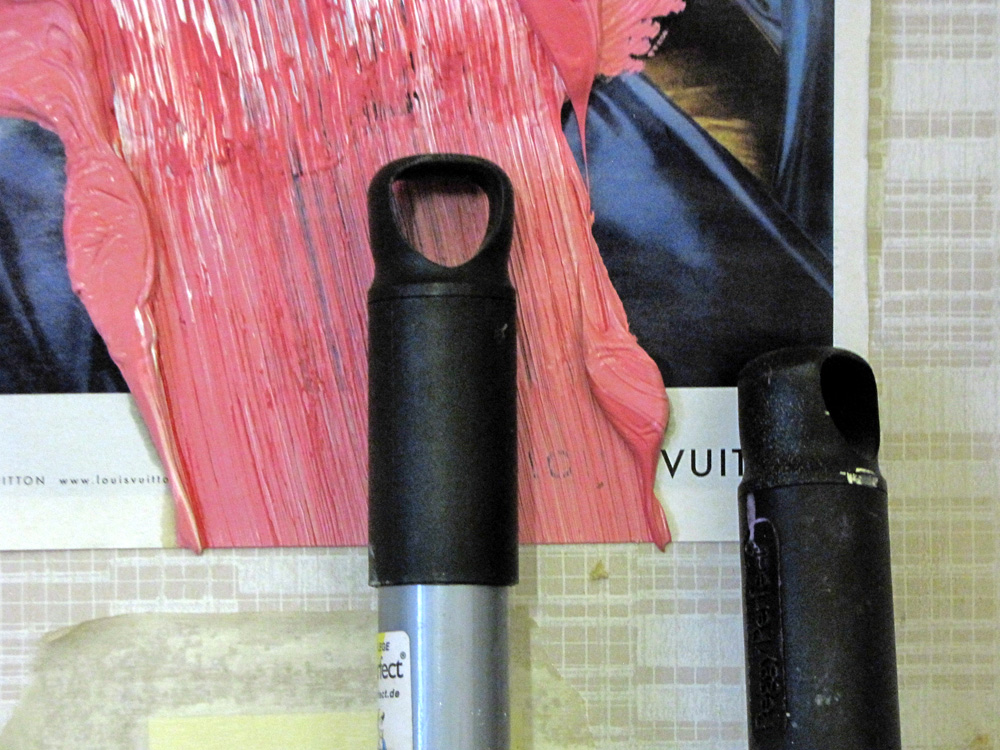
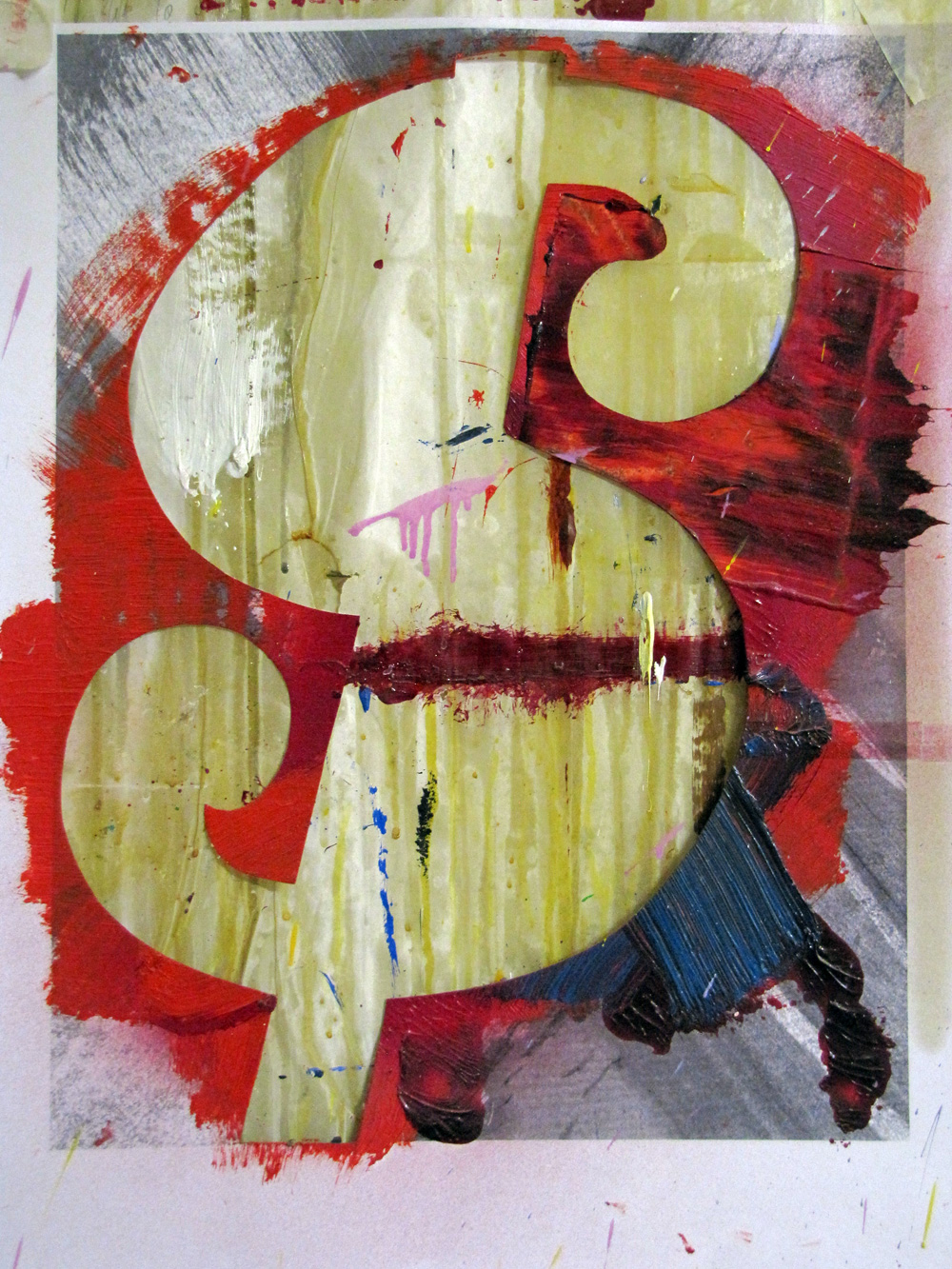


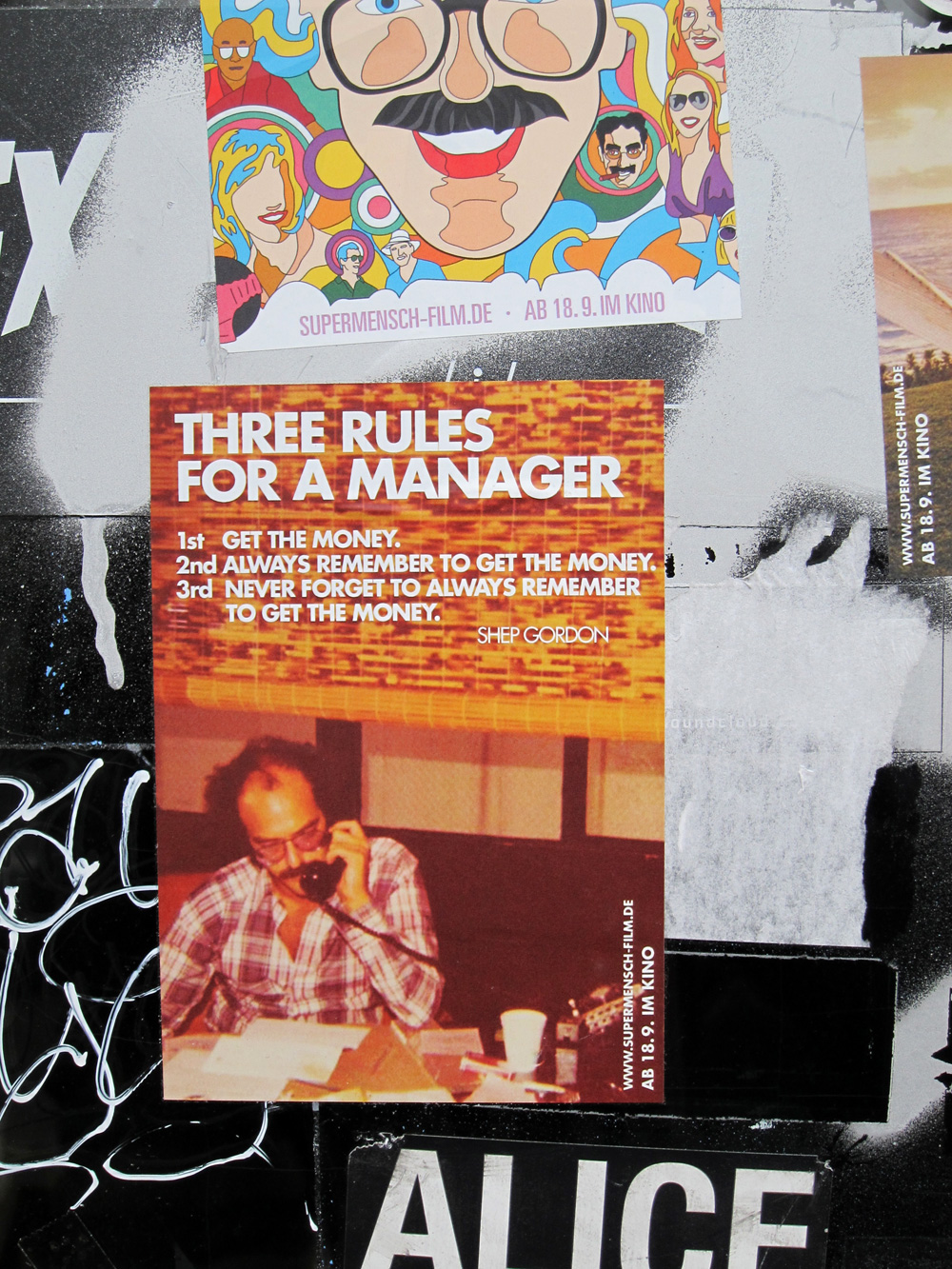
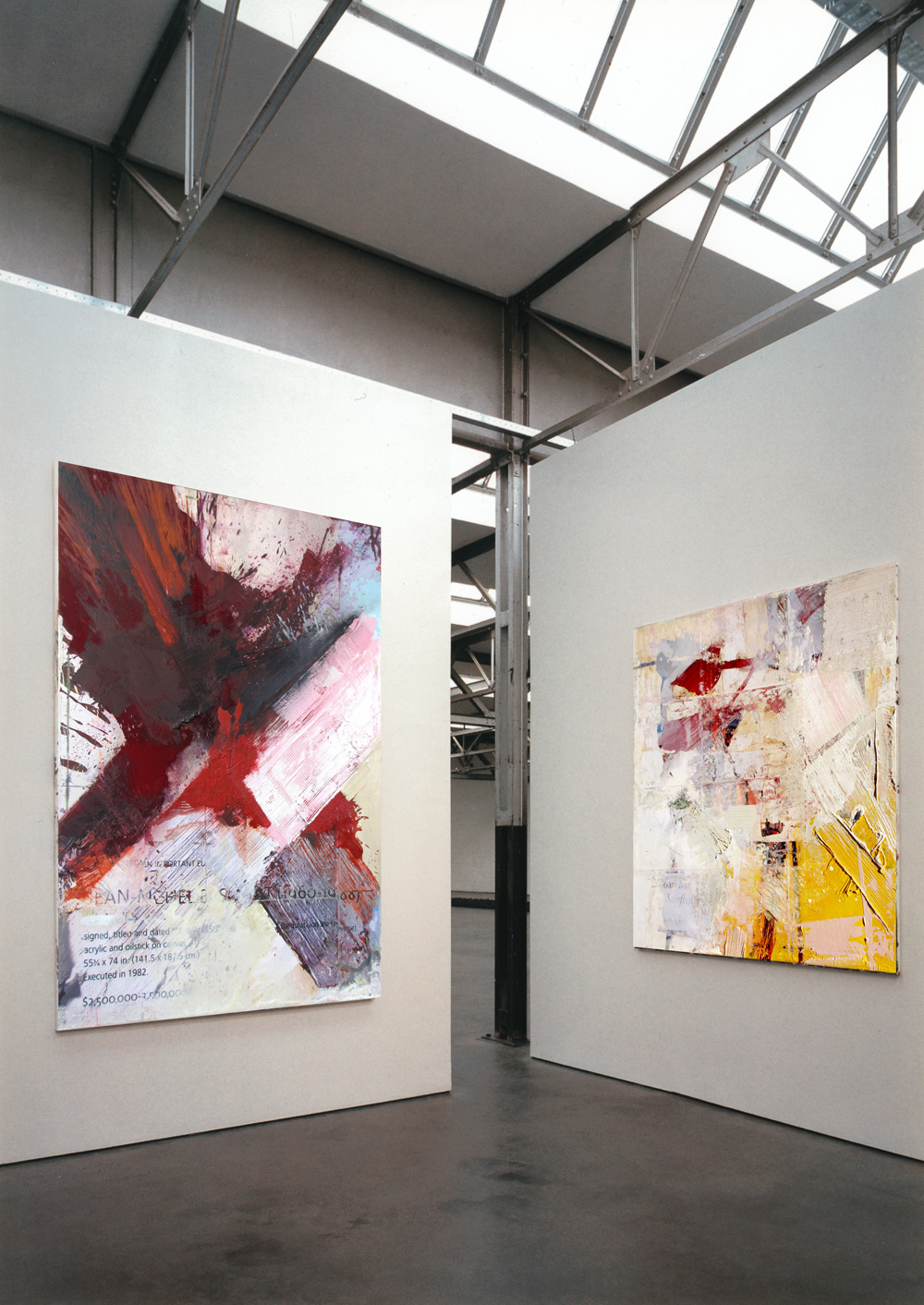
Marketing Campaign Art Basel Miami Beach, 2013, Acrylic, Oil, Fabric and Inkjet Prints on Canvas, 200 x 140 cm
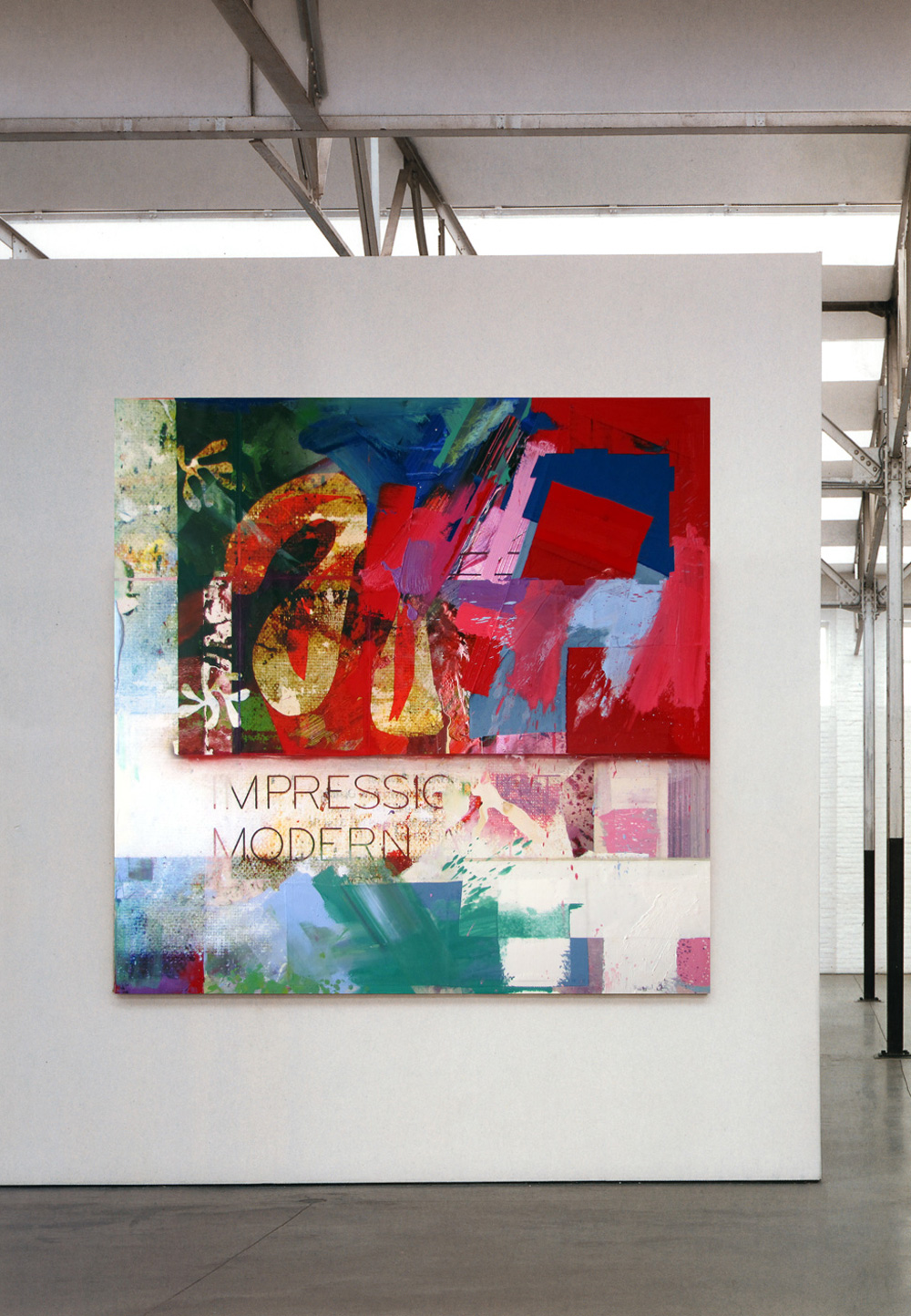
Marketing Campaign Art Basel Miami Beach, 2013, Acrylic, Oil, Fabric and Inkjet Prints on Canvas, 200 x 140 cm
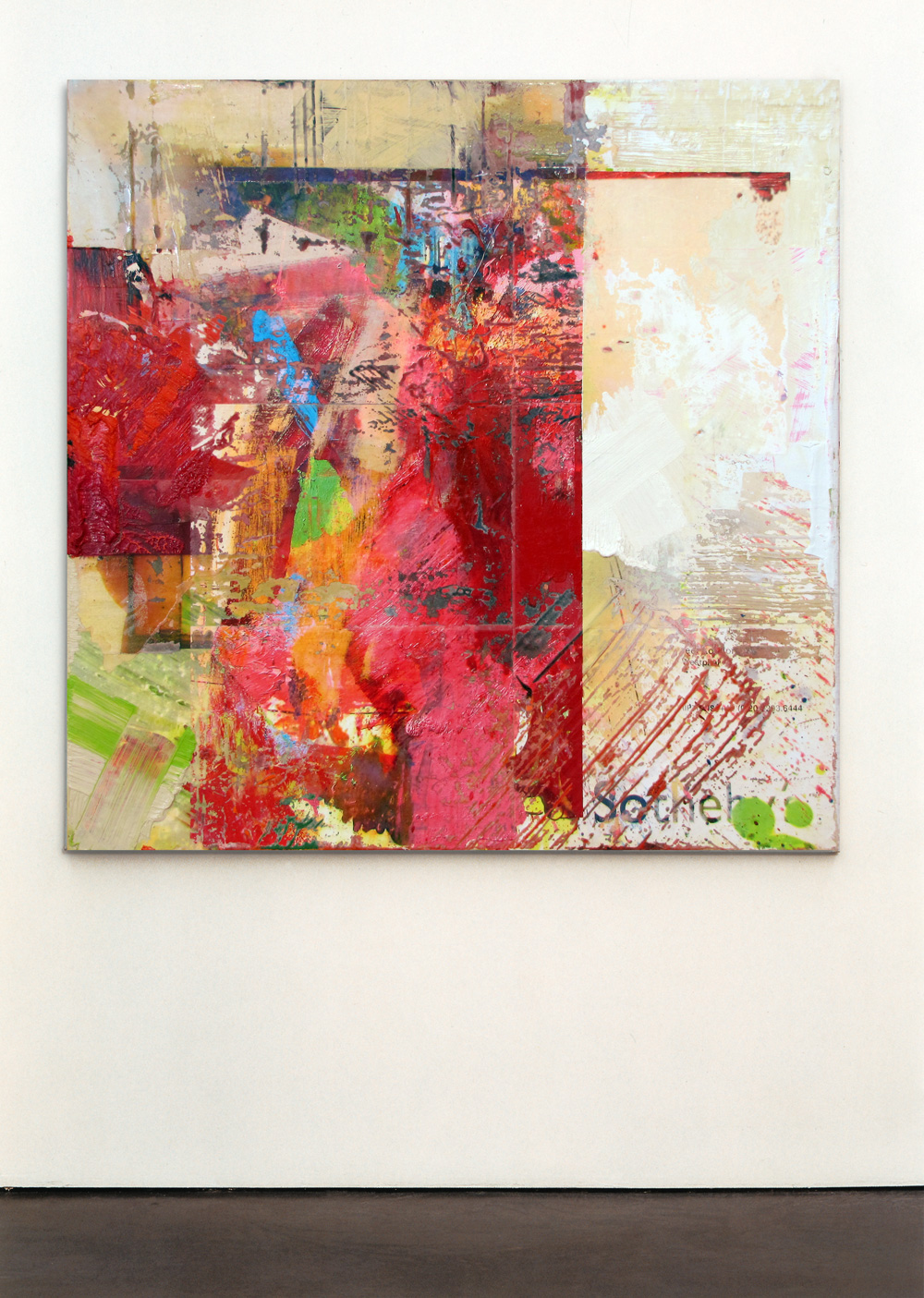
Marketing Campaign Art Basel Miami Beach, 2013, Acrylic, Oil, Fabric and Inkjet Prints on Canvas, 200 x 140 cm
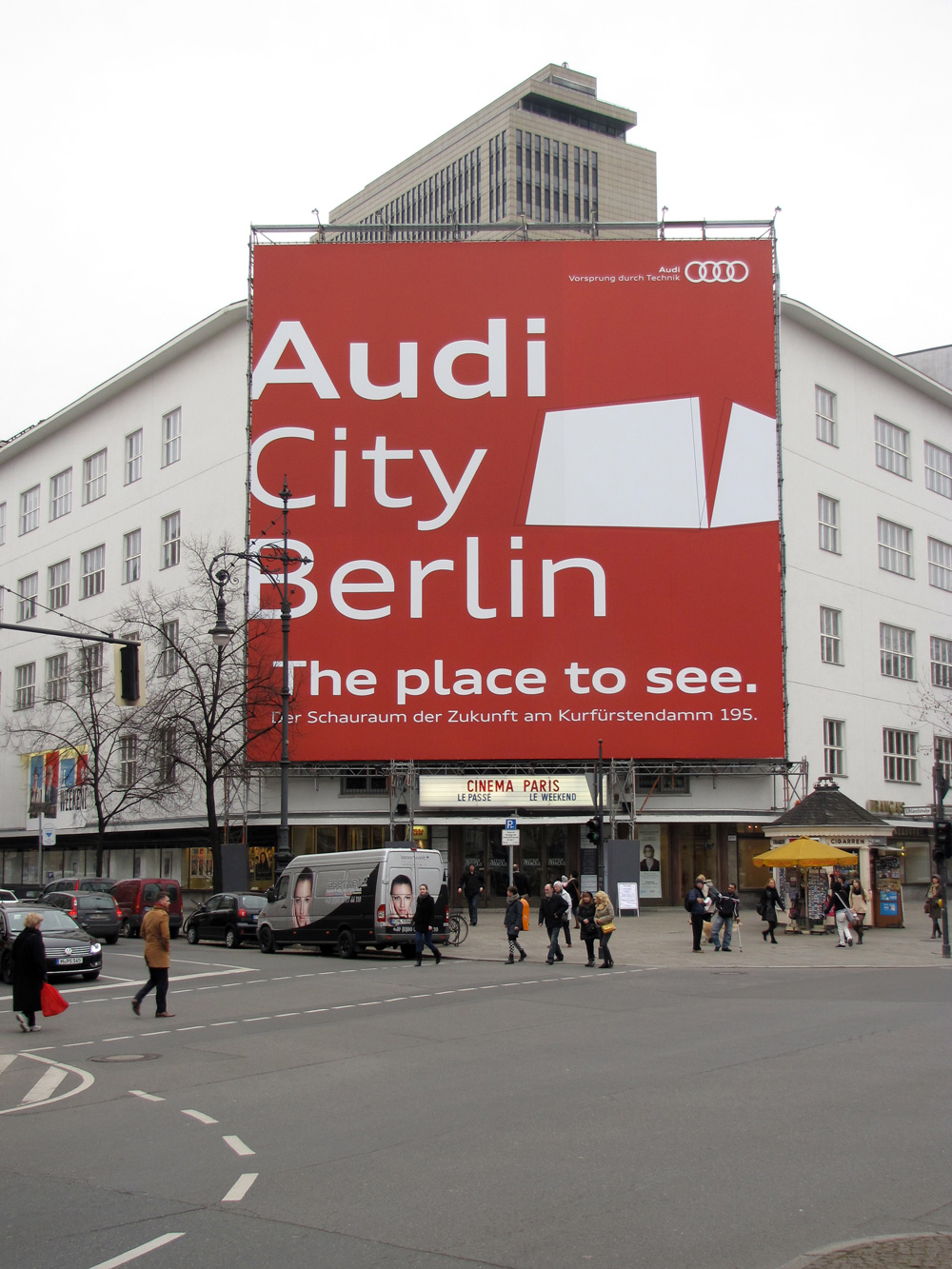
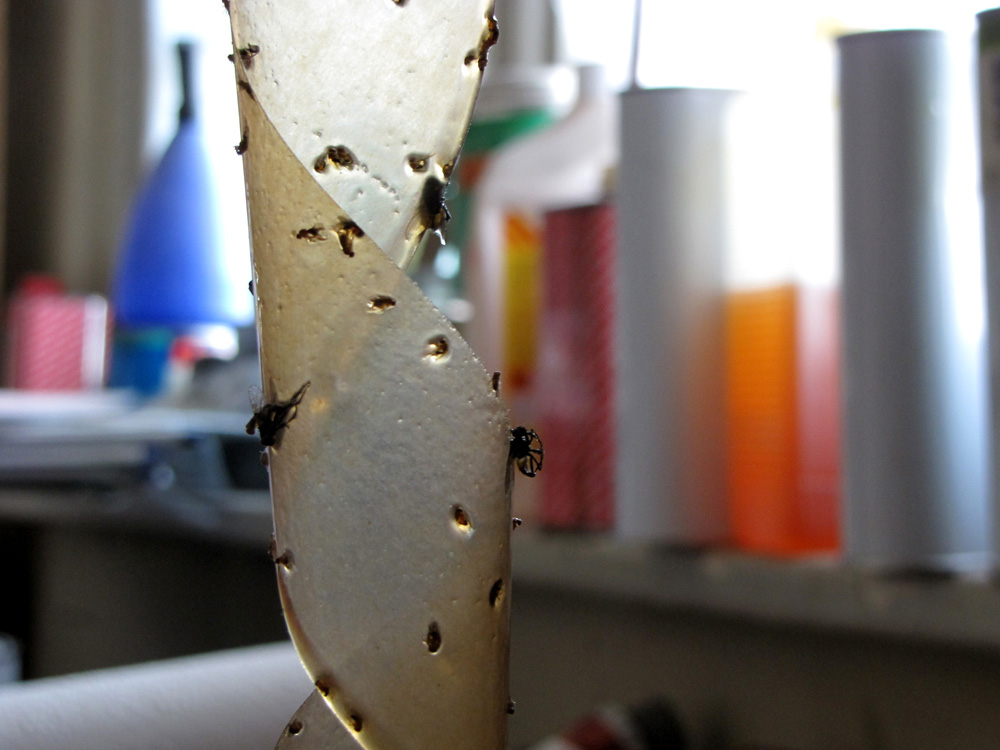
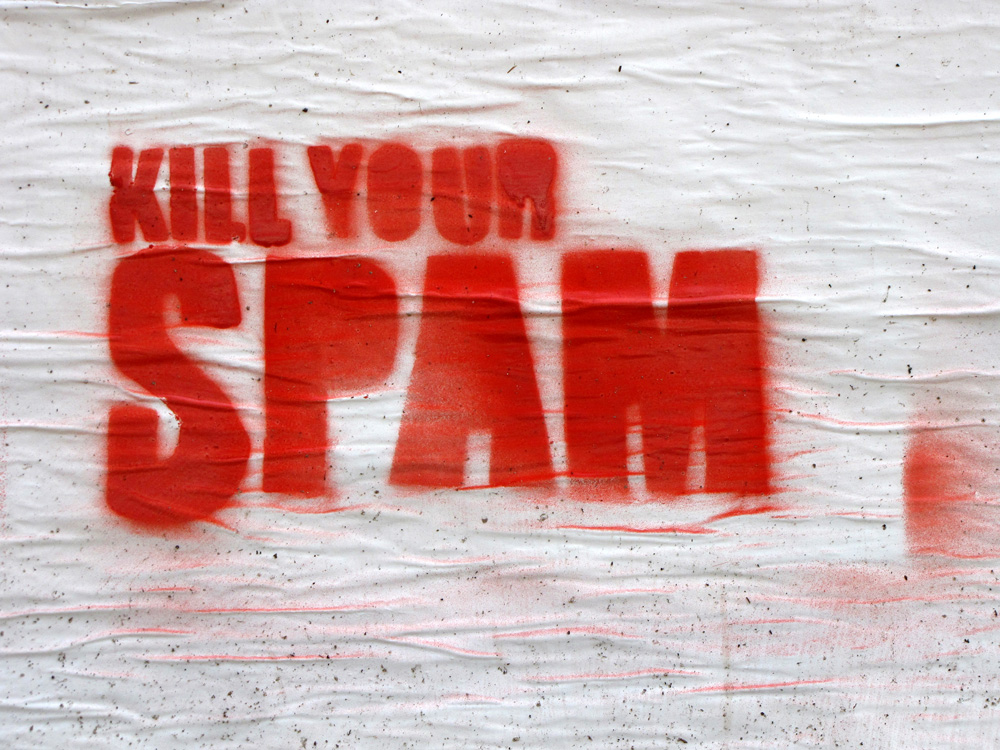
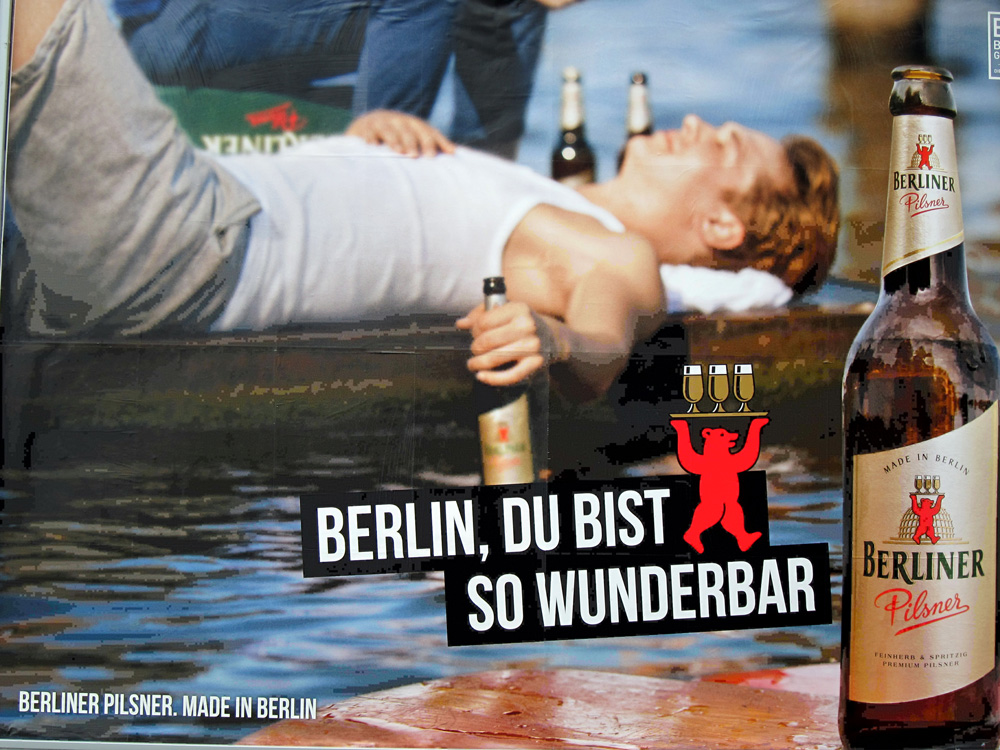
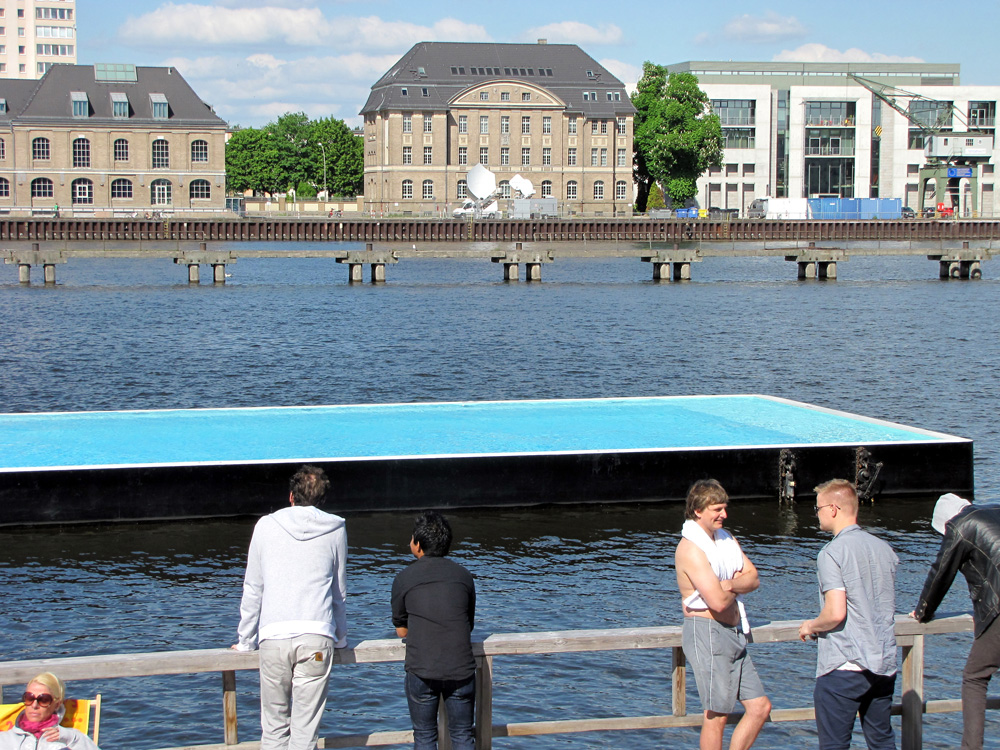
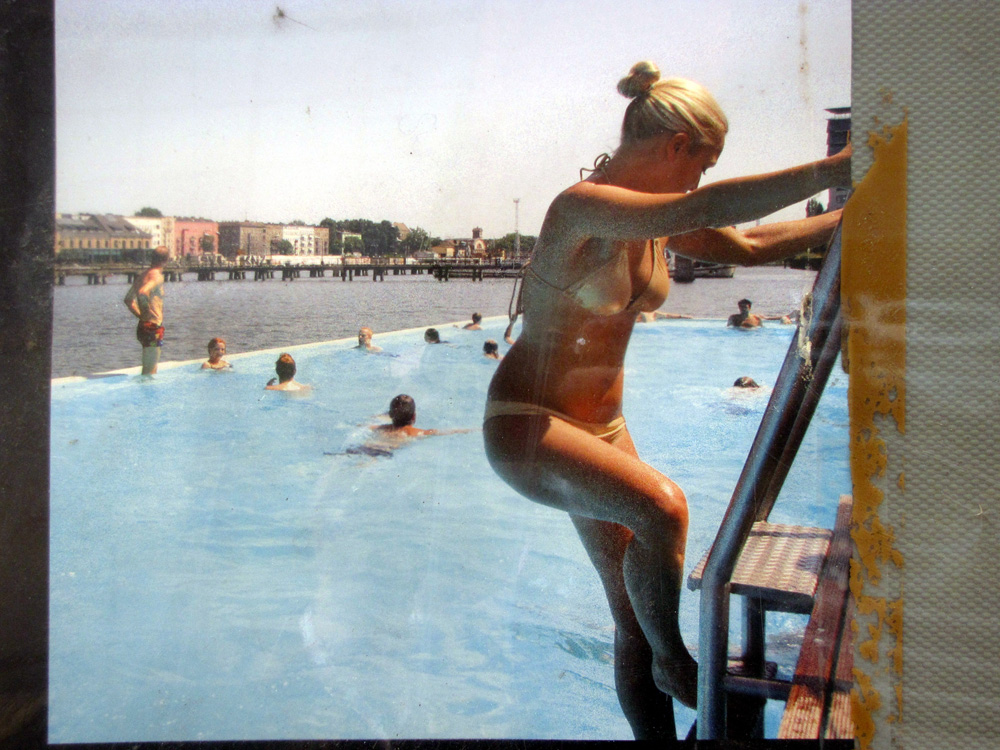
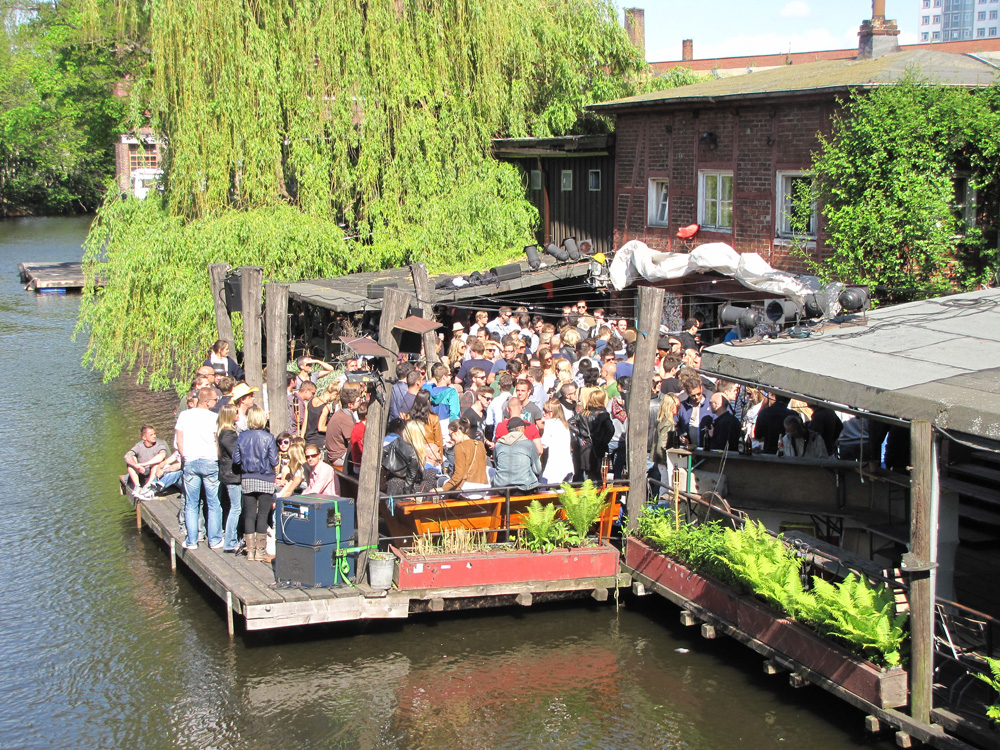
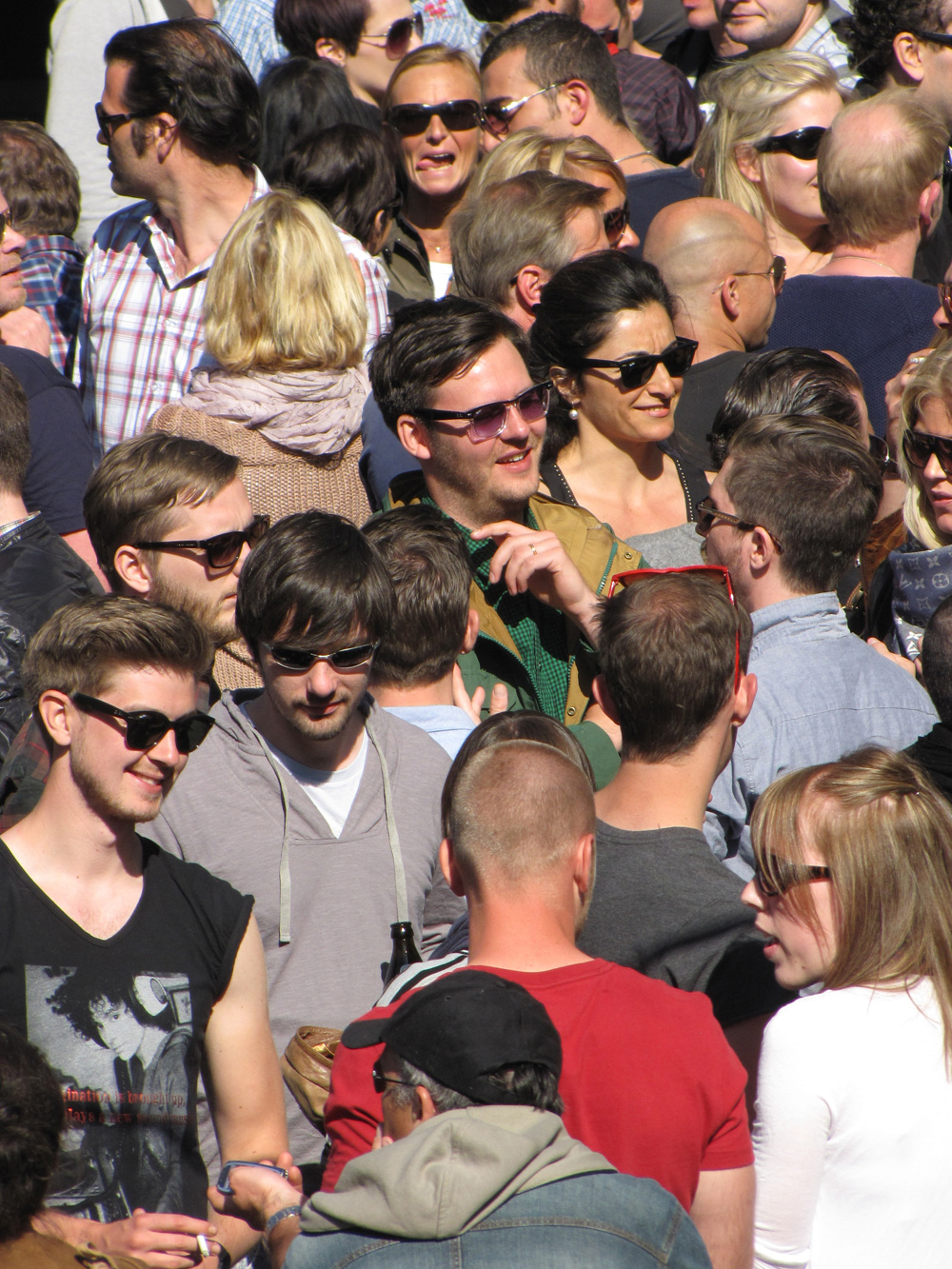
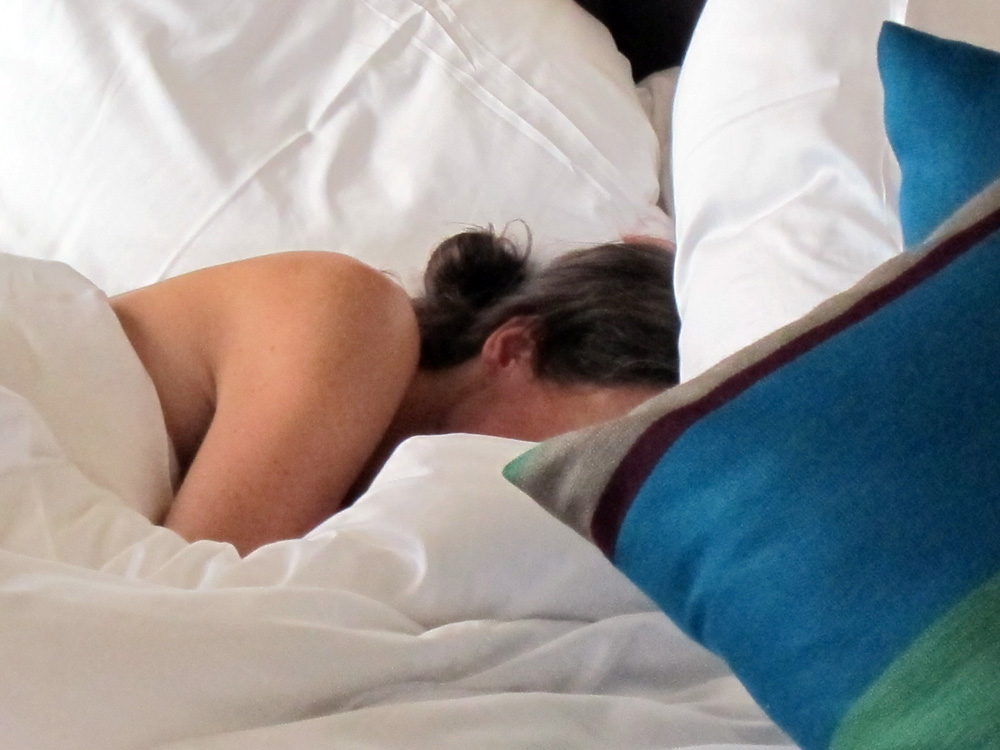
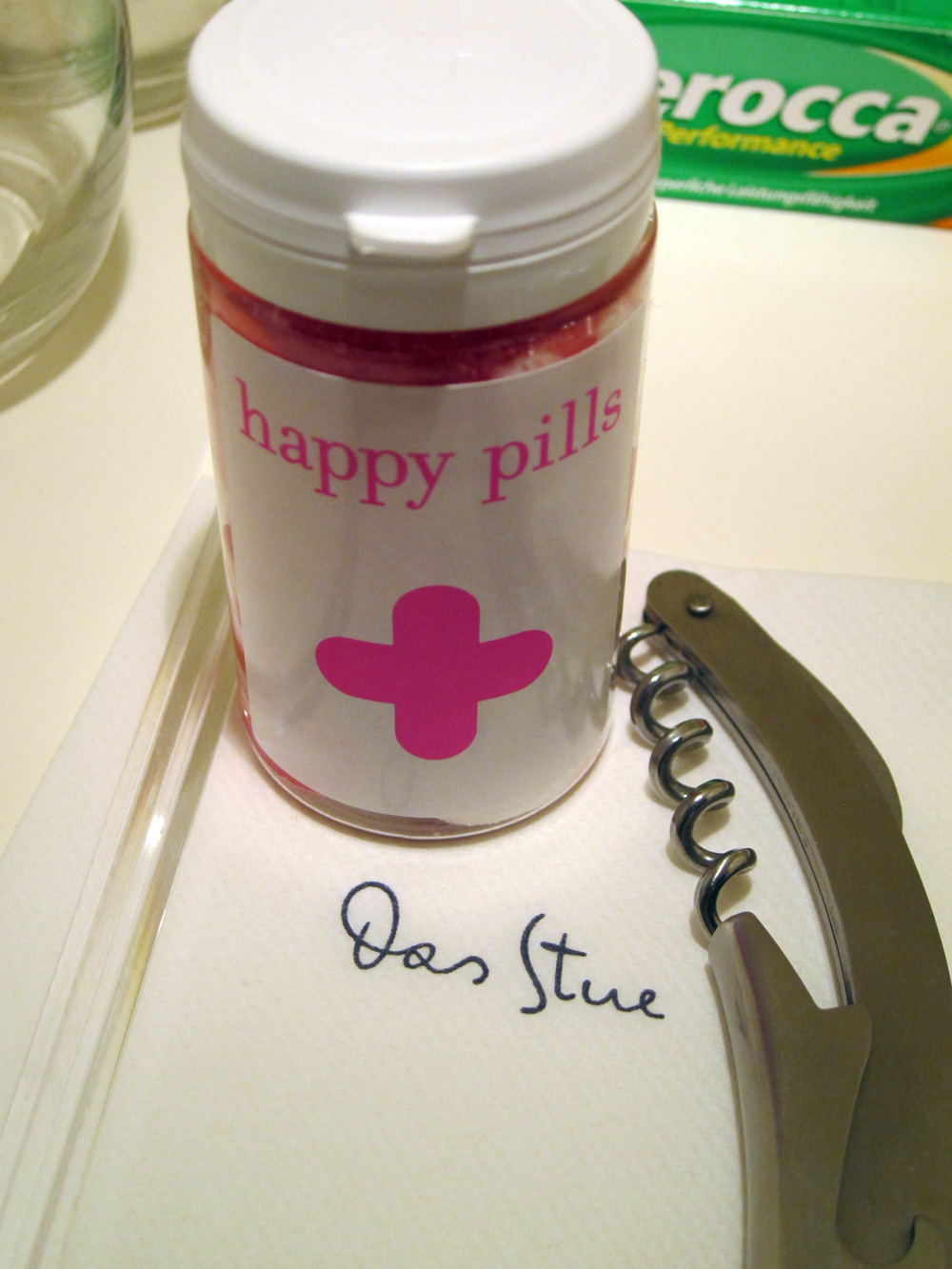
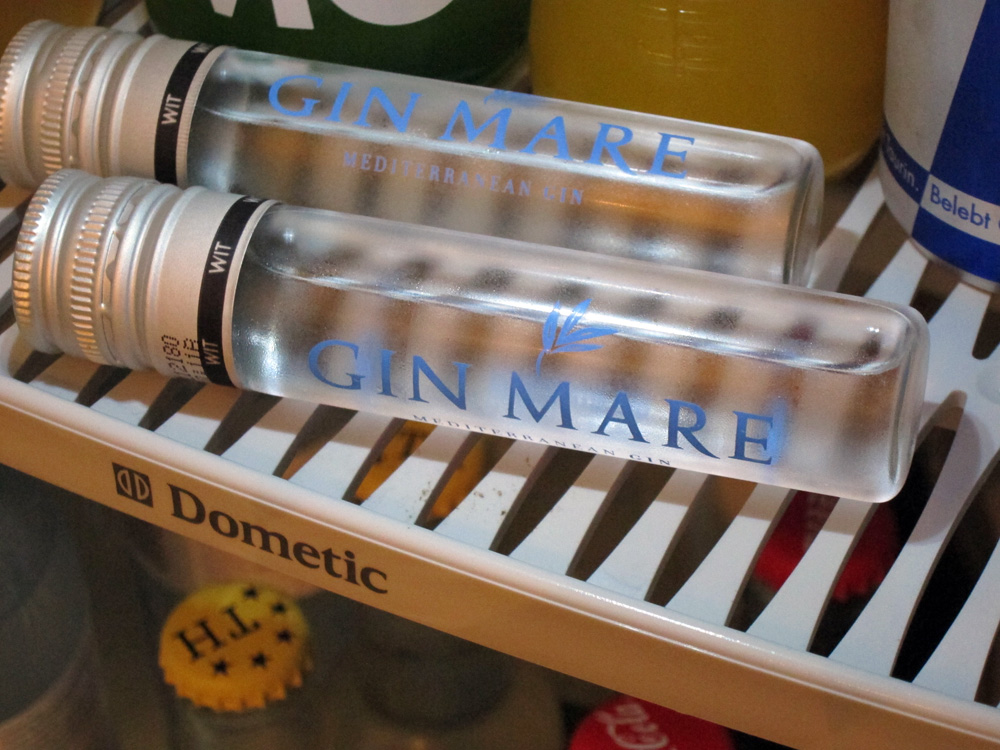
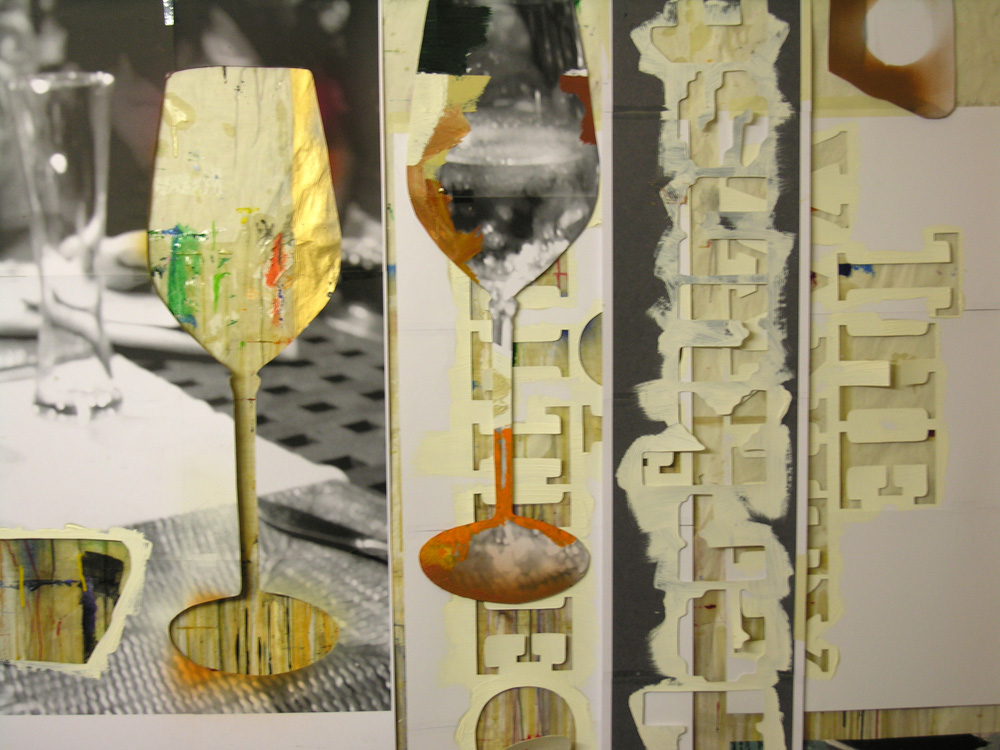
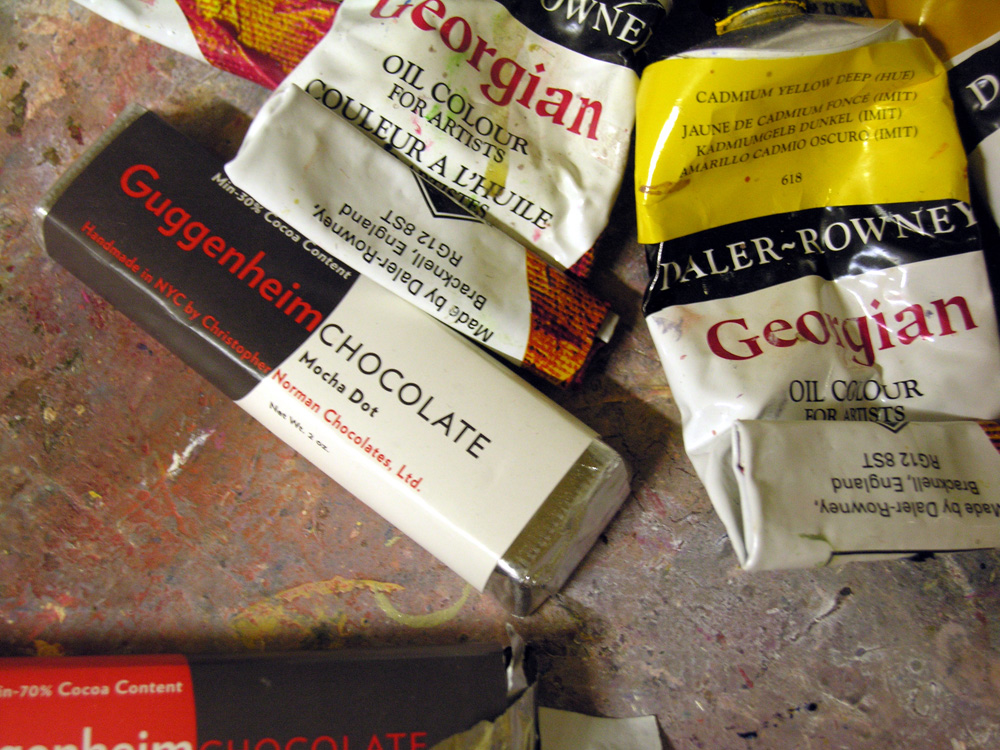
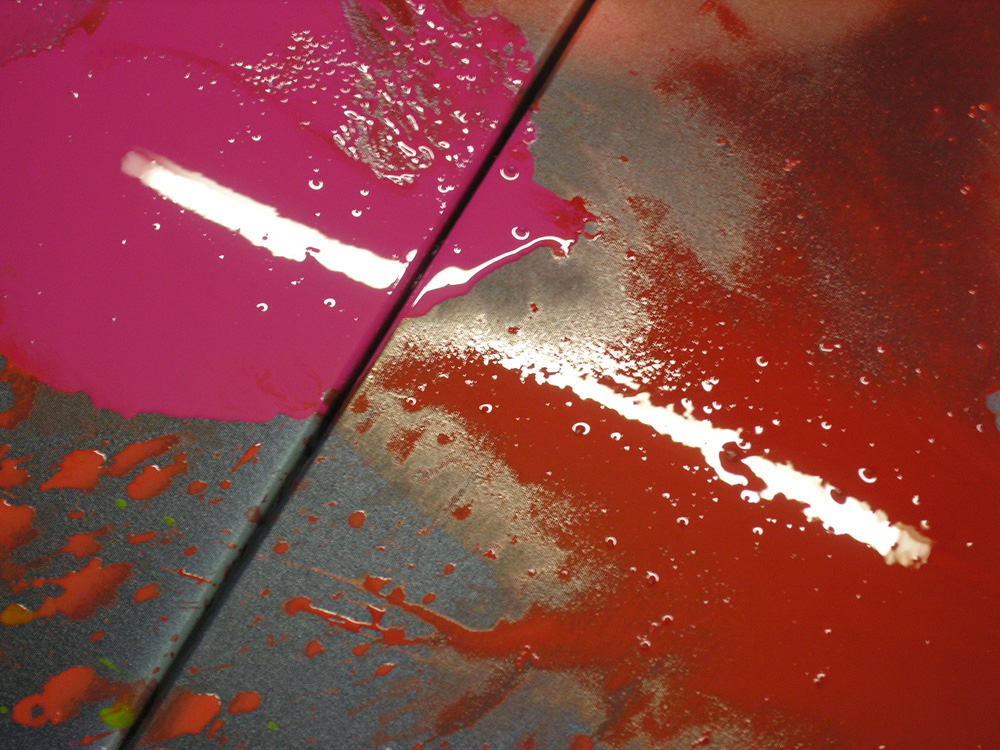
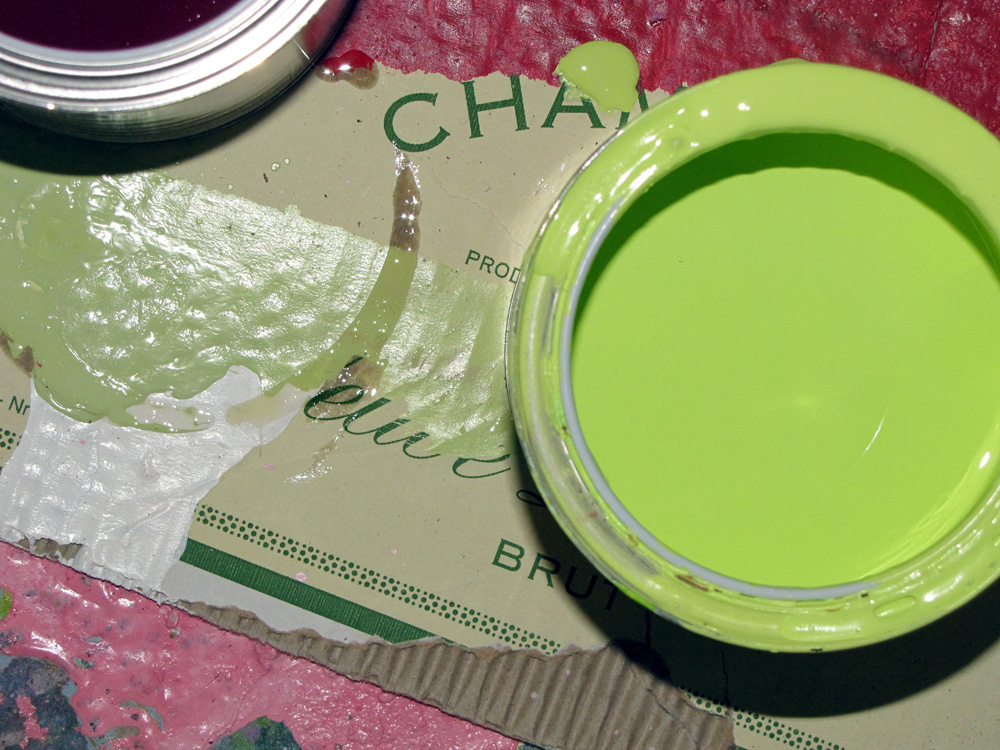
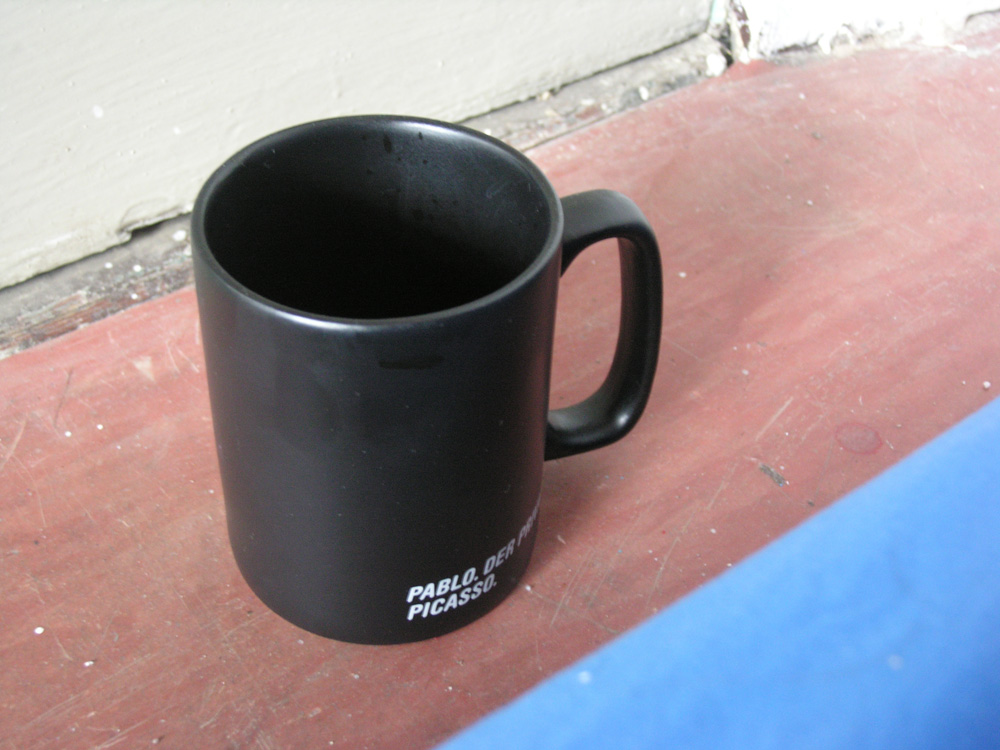
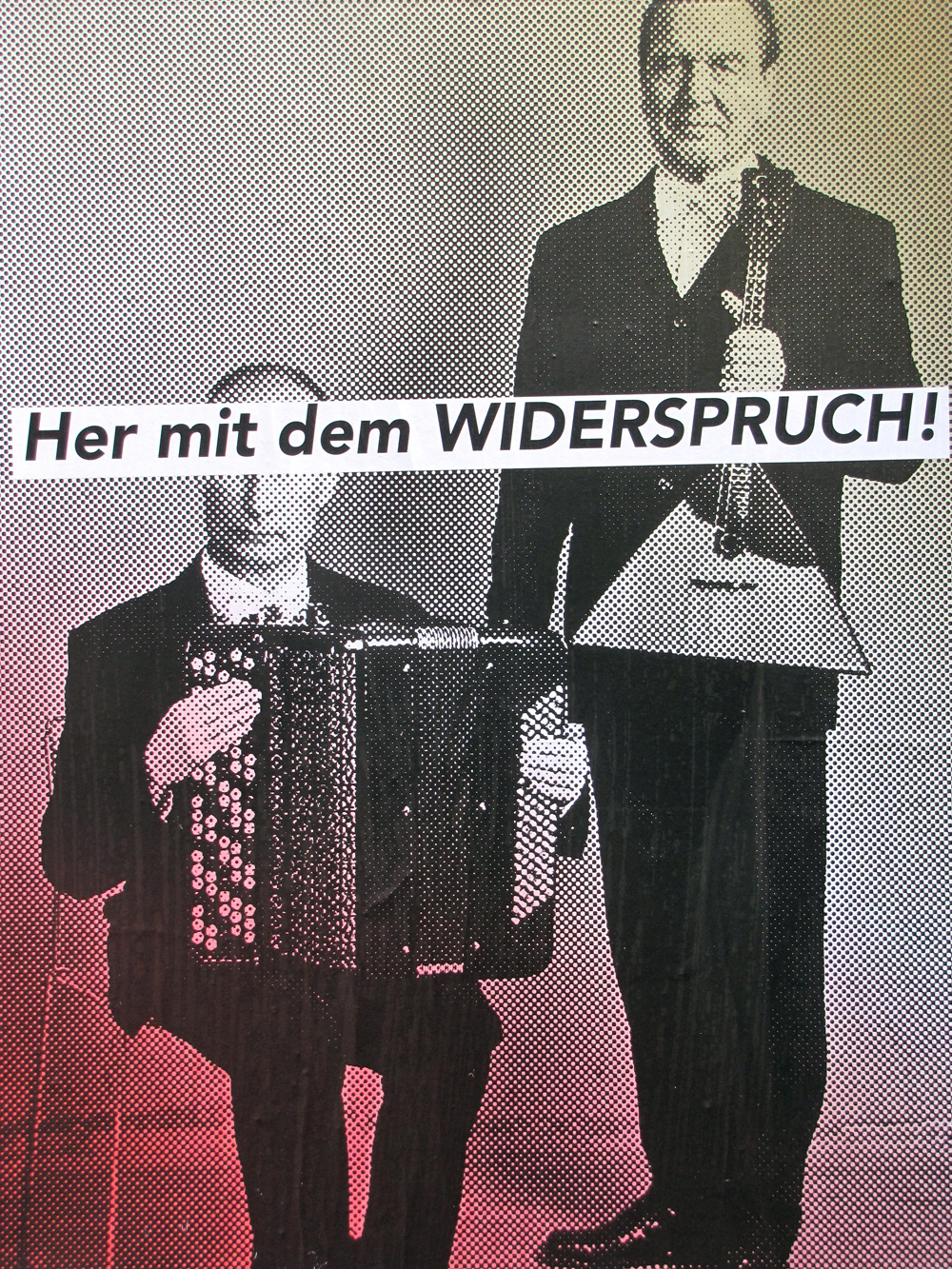
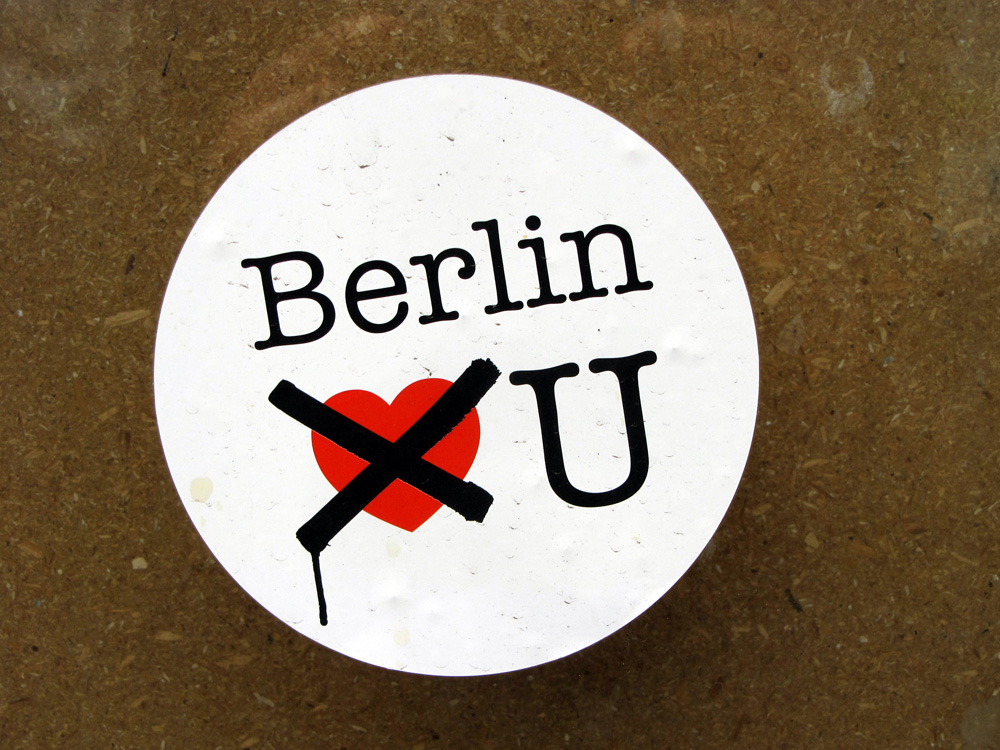
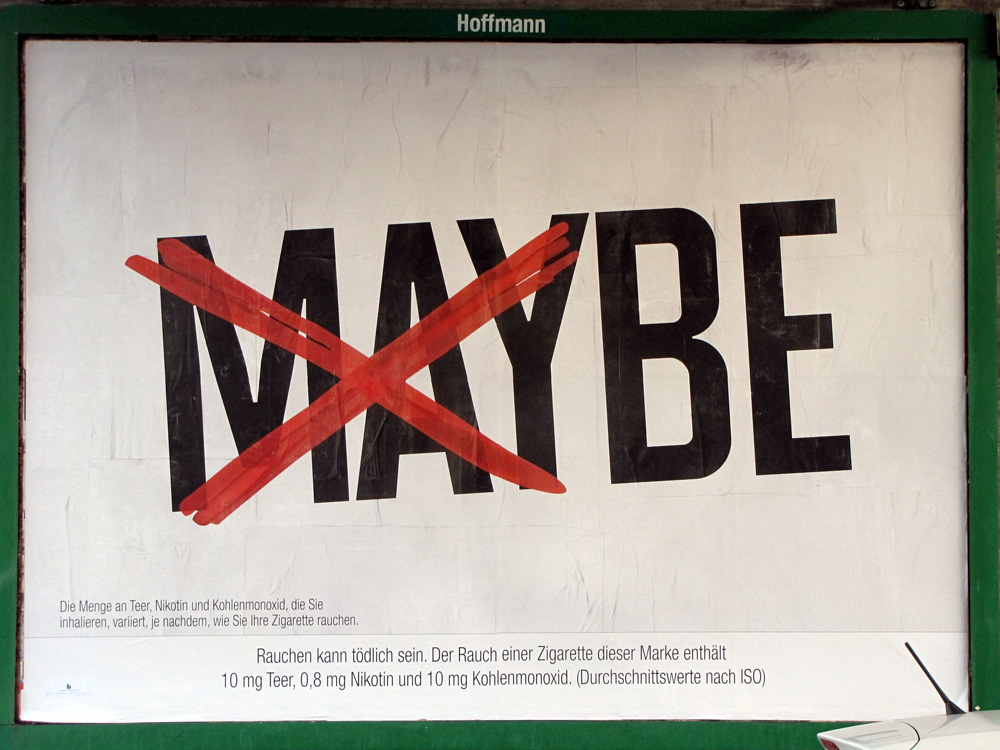
http://blog.singulart.com/de/2021/07/27/5-minuten-mit-peter-vahlefeld
http://ichweissnichtwaseinortistichkennenurseinenpreis.de
http://ichweissnichtwaseinortistichkennenurseinenpreis.de/peter-vahlefeld
http://jean-paul-satre-das-sein-und-das-nichts.de/
http://jean-paul-satre-das-sein-und-das-nichts.de/berlin/peter-vahlefeld/
http://roland-barthes-mythen-des-alltags.de
http://roland-barthes-mythen-des-alltags.de/berlin/peter-vahlefeld
http://103bethnal-greenroad-london.com
http://103bethnal-greenroad-london.com/painting/peter-vahlefeld
http://atelier-bateau-lavoir-paris.com
http://atelier-bateau-lavoir-paris.com/painting/peter-vahlefeld
http://gaming-the-system.com
http://gaming-the-system.com/painting/peter-vahlefeld
http://gift-me-a-memory.com
http://gift-me-a-memory.com/painting/peter-vahlefeld
http://the-emperor-is-naked.com
http://the-emperor-is-naked.com/painting/peter-vahlefeld
http://muenchner-galerien.de/exhibition/peter-vahlefeld-ich-weiss- nicht-ein-ort-ist-ich-kenne-nur-seinen-preis/
http://blog.singulart.com/de/2021/07/27/5-minuten-mit-peter-vahlefeld
http://schoenheitundkonsum.de/berlin/peter-vahlefeld
http://youtu.be/VUnI2FjzWRo
http://aesthetik-der-inszenierung.de
http://aesthetik-der-inszenierung.de/berlin/kunst/peter-vahlefeld/
http://artcollectingtoday.com
http://artcollectingtoday.com/berlin-paris-los-angeles/painting-peter-vahlefeld/
http://contemporary-artist.com
http://contemporary-artist.com/berlin-paris-los-angeles/painting-peter-vahlefeld/
http://dialogue-in-the-void.com
http://dialogue-in-the-void.com/art/artist/peter-vahlefeld/
http://new-and-abstract.com
http://new-and-abstract.com/berlin-paris-los-angeles/painting-peter-vahlefeld/
http://online-viewing-room.com
http://online-viewing-room.com/berlin-paris-los-angeles/painting-peter-vahlefeld/
http://the-end-of-art.com
http://the-end-of-art.com/berlin/kunst/peter-vahlefeld/
http://to-my-mother-my-dog-and-clowns.com
http://to-my-mother-my-dog-and-clowns.com/berlin/peter-vahlefeld/
http://die-konstruktion-der-gesellschaftlichen-wirklichkeit.de
http://die-konstruktion-der-gesellschaftlichen-wirklichkeit.de/berlin/kunst/peter-vahlefeld/
http://rush-push-cash.com
http://rush-push-cash.com/zurkritikderdeutschenintelligenz/peter-vahlefeld/
http://youtu.be/WuSrBgxhk2k
http://youtu.be/yzH7iz_Gez8
http://youtu.be/51ub04WgQuA
http://youtu.be/Rw95Bdi6V_c
http://www.gallery-weekend.com/berlin/peter-vahlefeld/
http://www.texte-zur-kunst.com/berlin/peter-vahlefeld/
http://muenchner-galerien.de/exhibition/peter-vahlefeld-ich-weiss- nicht-ein-ort-ist-ich-kenne-nur-seinen-preis/
http://muenchner-galerien.de/exhibition/top-pops-der-koeniglich-bayerischen- staatsgemaeldesammlungen/
http://www.galerie-heufelder.de/site/files/kuenstler/popups/vahlefeld/vahlefeld_set_ok.htm
http://monet-manet-money.com
http://post-studio-practices.com
http://onkel-dagobert-sieht-rot.de/berlin/peter-vahlefeld/
http://artitious.com/de/artist/peter-vahlefeld
http://travelogue-petervahlefeld.com/artbaselmiamibeach
http://travelogue-petervahlefeld.com/artbaselhongkong
http:/muenchner-galerien.de/exhibition/zu-gast-edition-karbit-2017
http://canvas.saatchiart.com/art/inside-the-studio/peter-vahlefeld
http://schoenheitundkonsum.de
http://kunstmarktkontext.de/berlin/peter-vahlefeld/
http://kritik-der-warenaesthetik.de/berlin/peter-vahlefeld/
http://aesthetik-der-oberfläche.de/berlin/peter-vahlefeld
http://youtu.be/mXiv_sVNPYA
http://youtu.be/_5rqM2GMedc
http://youtu.be/mlYS9F7ar2o
http://youtube.com/embed/x6zG5viLEeU
http://youtu.be/Ca7VL-l2GbY
http://youtu.be/gWvWfIx8NuA
http://youtu.be/Hevs7SN9ap8
http://youtu.be/nxo-tRprKxM8
http://youtu.be/YuENHjHhi28
http:/youtu.be/wINEfg9nv_U
http:/youtu.be/KGM3U__Bvo4
http:/youtu.be/_q0rRf4Ly18
http:/youtu.be/UK4QzRZY5jE
http:/youtu.be/p1-QfrN6ZvU
http:/youtube.com/embed/gGj14Wivfls
http://salon-populaire.com/art/peter-vahlefeld/
http://chloe-savigny.com/paris/art/painting_5/
http://the-warhol-economy.com/art/peter-vahlefeld/
http://chloe-savigny.com/paris/art/painting_4/
http://uncorporate-image.com/art/peter-vahlefeld/
http://chloe-savigny.com/paris/art/painting_3/
http://four-collections-and-one-artist.com/art/peter-vahlefeld/
http://chloe-savigny.com/paris/art/painting_2/
http://www.aaestheticamagazine.com/q-and-a-peter- vahlefeld/
http://www.muenchner-galerien.de/exhibition/top-pops-der-koeniglich- bayerischen-staatsgemaeldesammlungen/
http://peter-vahlefeld.de
http://peter-vahlefeld.de/creta/
http://peter-vahlefeld.de/berlin/studio/
http://peter-vahlefeld.de/berlin/
http://peter-vahlefeld.de/london/
http://peter-vahlefeld.de/sketches
http://peter-vahlefeld.de/paris/
http://peter-vahlefeld.de/archive/
http://peter-vahlefeld.de/artbaselmiamibeach/
http://peter-vahlefeld.de/bangkok/
http://peter-vahlefeld.de/artfaircologne/
http://peter-vahlefeld.de/artfairkarlsruhe/
http://peter-vahlefeld.de/ibiza/
http://peter-vahlefeld.de/munich/
http://peter-vahlefeld.de/vienna/
http://peter-vahlefeld.de/salzburg/
http://peter-vahlefeld.de/madrid/
http://peter-vahlefeld.de/brussels/
http://peter-vahlefeld.de/studioberlin/paintings/ 60x60cm/
http://peter-vahlefeld.de/studioberlin/paintings/ 120x120cm/
http://peter-vahlefeld.de/earlybirdventurecapital/ munich/
http://peter-vahlefeld.de/white&case/munich/
http://www.peter-vahlefeld.de/?page_id=1317
http://www.peter-vahlefeld.de/?page_id=1315
http://www.peter-vahlefeld.de/?page_id=1403
http://www.peter-vahlefeld.de/?page_id=1319
http://www.peter-vahlefeld.de/?page_id=7
http://www.peter-vahlefeld.de/?page_id=8
http://www.peter-vahlefeld.de/?page_id=9
http://www.peter-vahlefeld.de/?page_id=10
http://www.peter-vahlefeld.de/?page_id=12
http://www.peter-vahlefeld.de/?page_id=14
http://petervahlefeld.com
http://petervahlefeld.com/berlin/painting/amsterdam/
http://petervahlefeld.com/berlin/painting/monet- manet-money/
http://petervahlefeld.com/berlin/painting/ berlin-newyork-paris/
http://petervahlefeld.com/berlin/ painting/travelogue-petervahlefeld/
http://petervahlefeld.com/berlin/ painting/brookstreetmayfairlondon/
http://petervahlefeld.com/berlin/painting/ 15placevendomeparis/
http://petervahlefeld.com/berlin/painting/ 147mercerstreetnyc/
http:// petervahlefeld.com/berlin/painting/zurkritikderdeutschenintelligenz/
http://petervahlefeld.com/berlin/painting/ corporatecollecting/
http://petervahlefeld.com/ berlin/painting/thecorporatizationofculture/
http://petervahlefeld.com/berlin/ painting/ironieisteinleiserkiller/
http://ppetervahlefeld.com/berlin/ painting/institutionalauthority/
http://petervahlefeld.com/berlin/painting/ post-studio-practices/
http://petervahlefeld.com/berlin/painting/ schoenheitundkonsum/
http://petervahlefeld.com/berlin/painting/ fiona-alison-projects/
http://petervahlefeld.com/berlin/painting/chloe-savigny/
http://petervahlefeld.com/berlin/ painting/ikonografiedergegenwart/
http://petervahlefeld.com/berlin/painting/ aesthetikundideologie/
http://petervahlefeld.com/berlin/painting/ theoriedermalerei/
http://petervahlefeld.com/berlin/painting/ denkenundkunst/
http://petervahlefeld.com/berlin/painting/ semantik-der-krise/
http://www.issuu.com/vahlefeld/docs/katalog-prod-issuu
http://www.issuu.com/vahlefeld/docs/vahlefeld- atelierberlin
http://www.issuu.com/vahlefeld/docs/sketchbbook
http://www.issuu.com/vahlefeld/docs/katalog_2007
http://www.issuu.com/vahlefeld/docs/katalog_2013
http://www.issuu.com/vahlefeld/docs/katalog-2009-min_
http://www.lalalandistabgebrannt.de
http://www.ironieisteinleiserkiller.de
http://www.shopping-at-moma.com
http://www.shopping-at-tatemodern.com
http://www.shopping-at-the-nationalgallery.com
http://www.operationbratwurst.de
http://www.institutionalauthority.com
http://www.monet-manet-money.com
http://www.berlin-newyork-paris.com
http://www.wahreliebeundwarekunst.de
http://www.wahnsinnundglueckgibtesnurinderdrogerie.de
http://www.travelogue-petervahlefeld.com
http://www.brookstreetmayfairlondon.com
http://www.15placevendomeparis.com
http://www.147mercerstreetnyc.com
http://www.zurkritikderdeutschenintelligenz.de
http://www.zehntausenddreihundertvierzigmillionendollar.de
http://www.corporatecollecting.com
http://www.thecorporatizationofculture.com
http://www.lalalandistabgebrannt.de/gallery-weekend/berlin/kuenstler/petervahlefeld/
http://www.ironieisteinleiserkiller.de/texte-zur-kunst/berlin/kuenstler/petervahlefeld
http://www.shopping-at-moma.com/museumshop/newyork/artist/petervahlefeld
http://www.shopping-at-tatemodern.com/museumshop/london/artist/petervahlefeld
http://www.shopping-at-the-nationalgallery.com/museumshop/london/artist/petervahlefeld
http://www.operationbratwurst.de/berlin/kuenstler/peter-vahlefeld
http://www.institutionalauthority.com/berlin/artist/petervahlefeld
http://www.saatchiart.com/vahlefeld
http://www.monet-manet-money.com/curatornet/artist/petervahlefeld/
http://www.berlin-newyork-paris.com/46parachutepurple/chloesavigny/artist/petervahlefeld
http://www.petervahlefeldstudioberlin.com
http://www.wahreliebeundwarekunst.de/artkarlsruhe/kuenstler/peter-vahlefeld
http://www.wahnsinnundglueckgibtesnurinderdrogerie.de/berlin/kuenstler/peter-vahlefeld
http://www.travelogue-petervahlefeld.com/creta/artist/petervahlefeld
http://www.travelogue-petervahlefeld.com/bangkok/artist/petervahlefeld
http://www.brookstreetmayfairlondon.com/artist/petervahlefeld
http://www.15placevendomeparis.com/artist/petervahlefeld
http://www.147mercerstreetnyc.com/artist/petervahlefeld
http://www.zurkritikderdeutschenintelligenz.de/monet-manet-money/kuenstler/peter-vahlefeld
http://www.zehntausenddreihundertvierzigmillionendollar.de/monet-manet-money/ kuenstler/peter-vahlefeld
http://www.corporatecollecting.com/berlin/artist/petervahlefeld
http://www.thecorporatizationofculture.com/berlin/artist/petervahlefeld
http://chloe-savigny.com/paris/art/painting_1/
http://istdassilikoninpamelaandersonsbruestenecht.de
http://www.vahlefeld-painting.com
http://www.vahlefeld-photography.com
http://www.jadorecannesoderwheresmyfuckinguccishoetree.com
http://www.nurwerdenklatschderstadtkenntfindetdenmoerder.de
http://fiona-alison-projects.com
http://chloe-savigny.com
http://stiftung-lidl.de/
http://www.theoriedermalerei.de
http://www.aesthetikundideologie.de
http://www.semantik-der-krise.de
http://elizabethcoopergallery.com/leipzig/peter-vahlefeld/
http://www.galeriekoenig.com/hamburg/peter-vahlefeld/
http://www.you-shop-therefore-you-are.com
http://www.you-shop-therefore-you-are.com/choosing-an-auction-hammer-by-fiona-alison-exploring-different-ways-branding-is-used-in-the-art-world-london-paintings-and-photographs-by-peter-vahlefeld/
http://www.you-shop-therefore-you-are.com/supercollector-a-critique-of-the-art-market-an-examination-of-the-contemporary-art-market-by-fiona-alison/
http://www.windsorartclub.com/peter-vahlefeld-ist-die-liebe-zum-leben-wie-die-angst-vor-dem-tod-nur-ein-irrtum/
http://www.46parachutepurple.com/eye-candy/digital-painting/analog-painting
http://www.you-shop-therefore-you-are.com/supercollector-a-critique-of-the-art-market-an-examination-of-the-contemporary-art-market-by-fiona-alison/
http://www.fiona-alison.com/londonfashionweek/curatorspicks
http://www.windsorartclub.com/peter-vahlefeld-was-stimmt-nicht-wenn-alles-in-ordnung-ist/
http://www.chloesavigny.com/pop-up-gallery/projects/vahlefeld/
http://www.you-shop-therefore-you-are.com/diary-of-an-art-dealer-contracts-between-art-and-commerce-peter-vahlefeld-46-parachute-purple-new-york-how-to-promote-art-and-get-rich-or-die-tryin/
http://www.46parachutepurple.com/more-artists-more-info-frequent-updates
http://www.fiona-alison.com/pop-up-gallery/projects/
http://www.chloesavigny.com/impressions/
http://www.fiona-alison.com/links/
http://www.chloesavigny.com/links.php.html?id3=11&intro9=chloe_savigny/e-mail/adressen
http://www.46parachutepurple.com/listing/links.php?id9=5&intro11=parachute_purple/e-mail/adressen
http://www.windsorartclub.com/peter-vahlefeld-nichtstun-macht-keinen-spass-wenn-man-nichts-zu-tun-hat/
http://www.fiona-alison.com/emails/all.php?id1=13&intro5=fiona_allison/e-mail/adressen
http://www.chloesavigny.com/links.php.html?id3=11&intro9=chloe_savigny/e-mail/adressen
http://www.windsorartclub.com/peter-vahlefeld-ist-erfolg-missgluecktes-scheitern/
http://www.artfacts.net/de/ausstellung/ina-geissler-and-peter-vahlefeld-insideout-48171/ueberblick.html
http://www.windsorartclub.com/peter-vahlefeld-arbeitet-gegen-jede-kritische-legitimitaet-er-schaendet-sie-um-seinen-bildern-den-postfordistischen-imperativ-der-geselligkeit-auszutreiben/
http://galeriekoenig.com
http://www.46parachutepurple.blogspot.de/2011_05_01_archive.html
http://www.chloe-savigny.com/peter-vahlefeld/
http://bordel-des-arts.com
http://www.fiona-alison-projects.com/peter-vahlefeld/
http://www.you-shop-therefore-you-are.com/fiona-alison-pricing-the-priceless-art-artists-and-economics-opening-reception-with-peter-vahlefeld/
http://elizabethcoopergallery.com
http://www.you-shop-therefore-you-are.com/fiona-alison-pricing-the-priceless-art-artists-and-economics-opening-reception-with-peter-vahlefeld/
http://www.you-shop-therefore-you-are.com/the-idea-is-simple-a-few-big-investors-put-up-money-to-help-a-money-manager-buy-paintings/
http://www.windsorartclub.com/why-does-peter-vahlefeld-constructs-such-elaborate-facades-behind-which-he-persists-in-living-a-lie-why-is-the-lie-not-his-ideal-his-image-his-truth/
http://www.windsorartclub.com/peter-vahlefeld-ist-das-silikon-in-pamela-andersons-bruesten-echt/
http://www.you-shop-therefore-you-are.com/the-wealthiest-and-most-fashionable-people-have-been-made-wealthier-and-more-fashionable-by-poorer-people-who-pay-to-look-at-pictures-of-them-peter-vahlefeld-46-parachute-purple-new-york/
http://www.windsorartclub.com/peter-vahlefeld-haelt-sich-zurueck-mit-dem-nippes-der-museumsshops-keine-porzellantassen-andy-warhols-die-zertruemmert-werden-keine-goya-aufkleber-an-aktenordnern/
http://www.aesthetikundideologie.de/kuenstler-peter-vahlefeld/
http://www.theoriedermalerei.de/kuenstler-peter-vahlefeld/
http://www.you-shop-therefore-you-are.com/an-examination-of-auction-house-branding-strategies-and-management-london-peter-vahlefeld-at-fiona-alison-gallery/
http://stiftung-lidl.de/kuenstler-peter-vahlefeld/
http://www.bordel-des-arts.com/peter-vahlefeld-mit-der-wirklichkeit-kann-ich-nicht-mehr-angemessen-auf-meine-probleme-mit-der-wirklichkeit-reagieren/
http://www.fallauctionlondon.com/artist/last+name/peter+vahlefeld/prizes
http://www.you-shop-therefore-you-are.com/robert-lacey-and-fiona-alison-bidding-for-class-london-opening-reception-peter-vahlefeld-painting-vs-photography/
http://bordel-des-arts.com/peter-vahlefeld-die-intensivsten-gefuehle-habe-ich-gekauft/
http://bordel-des-arts.com/peter-vahlefeld-wie-lange-werden-sie-noch-durchhalten-bis-zum-geld-nicht-mehr/
http://www.windsorartclub.com/vahlefeld9
http://bordel-des-arts.com/peter-vahlefeld-wenn-der-name-klingelt-klingelt-die-kasse/
http://munichx.de/planen/muenchen/Galerie_Michael_Heufelder/Peter_Vahlefeld/14616.php
http://doebele-kunst.de/en/exhibitions/our_classics_2017/works/advertisement_hermitage/type/all
http://doebele-kunst.de/de/exhibitions/our_classics_2017/works/advertisement_515/type/all
http://www.monopol-magazin.de/artikel/20107181/Was-laeuft-im-Fernsehen.html
http://ichweissnichtwaseinortistichkennenurseinenpreis.de
http://ichweissnichtwaseinortistichkennenurseinenpreis.de/peter-vahlefeld
http://jean-paul-satre-das-sein-und-das-nichts.de/
http://jean-paul-satre-das-sein-und-das-nichts.de/berlin/peter-vahlefeld/
http://roland-barthes-mythen-des-alltags.de
http://roland-barthes-mythen-des-alltags.de/berlin/peter-vahlefeld
http://103bethnal-greenroad-london.com
http://103bethnal-greenroad-london.com/painting/peter-vahlefeld
http://atelier-bateau-lavoir-paris.com
http://atelier-bateau-lavoir-paris.com/painting/peter-vahlefeld
http://gaming-the-system.com
http://gaming-the-system.com/painting/peter-vahlefeld
http://gift-me-a-memory.com
http://gift-me-a-memory.com/painting/peter-vahlefeld
http://the-emperor-is-naked.com
http://the-emperor-is-naked.com/painting/peter-vahlefeld
http://muenchner-galerien.de/exhibition/peter-vahlefeld-ich-weiss- nicht-ein-ort-ist-ich-kenne-nur-seinen-preis/
http://blog.singulart.com/de/2021/07/27/5-minuten-mit-peter-vahlefeld
http://schoenheitundkonsum.de/berlin/peter-vahlefeld
http://youtu.be/VUnI2FjzWRo
http://aesthetik-der-inszenierung.de
http://aesthetik-der-inszenierung.de/berlin/kunst/peter-vahlefeld/
http://artcollectingtoday.com
http://artcollectingtoday.com/berlin-paris-los-angeles/painting-peter-vahlefeld/
http://contemporary-artist.com
http://contemporary-artist.com/berlin-paris-los-angeles/painting-peter-vahlefeld/
http://dialogue-in-the-void.com
http://dialogue-in-the-void.com/art/artist/peter-vahlefeld/
http://new-and-abstract.com
http://new-and-abstract.com/berlin-paris-los-angeles/painting-peter-vahlefeld/
http://online-viewing-room.com
http://online-viewing-room.com/berlin-paris-los-angeles/painting-peter-vahlefeld/
http://the-end-of-art.com
http://the-end-of-art.com/berlin/kunst/peter-vahlefeld/
http://to-my-mother-my-dog-and-clowns.com
http://to-my-mother-my-dog-and-clowns.com/berlin/peter-vahlefeld/
http://die-konstruktion-der-gesellschaftlichen-wirklichkeit.de
http://die-konstruktion-der-gesellschaftlichen-wirklichkeit.de/berlin/kunst/peter-vahlefeld/
http://rush-push-cash.com
http://rush-push-cash.com/zurkritikderdeutschenintelligenz/peter-vahlefeld/
http://youtu.be/WuSrBgxhk2k
http://youtu.be/yzH7iz_Gez8
http://youtu.be/51ub04WgQuA
http://youtu.be/Rw95Bdi6V_c
http://www.gallery-weekend.com/berlin/peter-vahlefeld/
http://www.texte-zur-kunst.com/berlin/peter-vahlefeld/
http://muenchner-galerien.de/exhibition/peter-vahlefeld-ich-weiss- nicht-ein-ort-ist-ich-kenne-nur-seinen-preis/
http://muenchner-galerien.de/exhibition/top-pops-der-koeniglich-bayerischen- staatsgemaeldesammlungen/
http://www.galerie-heufelder.de/site/files/kuenstler/popups/vahlefeld/vahlefeld_set_ok.htm
http://monet-manet-money.com
http://post-studio-practices.com
http://onkel-dagobert-sieht-rot.de/berlin/peter-vahlefeld/
http://artitious.com/de/artist/peter-vahlefeld
http://travelogue-petervahlefeld.com/artbaselmiamibeach
http://travelogue-petervahlefeld.com/artbaselhongkong
http:/muenchner-galerien.de/exhibition/zu-gast-edition-karbit-2017
http://canvas.saatchiart.com/art/inside-the-studio/peter-vahlefeld
http://schoenheitundkonsum.de
http://kunstmarktkontext.de/berlin/peter-vahlefeld/
http://kritik-der-warenaesthetik.de/berlin/peter-vahlefeld/
http://aesthetik-der-oberfläche.de/berlin/peter-vahlefeld
http://youtu.be/mXiv_sVNPYA
http://youtu.be/_5rqM2GMedc
http://youtu.be/mlYS9F7ar2o
http://youtube.com/embed/x6zG5viLEeU
http://youtu.be/Ca7VL-l2GbY
http://youtu.be/gWvWfIx8NuA
http://youtu.be/Hevs7SN9ap8
http://youtu.be/nxo-tRprKxM8
http://youtu.be/YuENHjHhi28
http:/youtu.be/wINEfg9nv_U
http:/youtu.be/KGM3U__Bvo4
http:/youtu.be/_q0rRf4Ly18
http:/youtu.be/UK4QzRZY5jE
http:/youtu.be/p1-QfrN6ZvU
http:/youtube.com/embed/gGj14Wivfls
http://salon-populaire.com/art/peter-vahlefeld/
http://chloe-savigny.com/paris/art/painting_5/
http://the-warhol-economy.com/art/peter-vahlefeld/
http://chloe-savigny.com/paris/art/painting_4/
http://uncorporate-image.com/art/peter-vahlefeld/
http://chloe-savigny.com/paris/art/painting_3/
http://four-collections-and-one-artist.com/art/peter-vahlefeld/
http://chloe-savigny.com/paris/art/painting_2/
http://www.aaestheticamagazine.com/q-and-a-peter- vahlefeld/
http://www.muenchner-galerien.de/exhibition/top-pops-der-koeniglich- bayerischen-staatsgemaeldesammlungen/
http://peter-vahlefeld.de
http://peter-vahlefeld.de/creta/
http://peter-vahlefeld.de/berlin/studio/
http://peter-vahlefeld.de/berlin/
http://peter-vahlefeld.de/london/
http://peter-vahlefeld.de/sketches
http://peter-vahlefeld.de/paris/
http://peter-vahlefeld.de/archive/
http://peter-vahlefeld.de/artbaselmiamibeach/
http://peter-vahlefeld.de/bangkok/
http://peter-vahlefeld.de/artfaircologne/
http://peter-vahlefeld.de/artfairkarlsruhe/
http://peter-vahlefeld.de/ibiza/
http://peter-vahlefeld.de/munich/
http://peter-vahlefeld.de/vienna/
http://peter-vahlefeld.de/salzburg/
http://peter-vahlefeld.de/madrid/
http://peter-vahlefeld.de/brussels/
http://peter-vahlefeld.de/studioberlin/paintings/ 60x60cm/
http://peter-vahlefeld.de/studioberlin/paintings/ 120x120cm/
http://peter-vahlefeld.de/earlybirdventurecapital/ munich/
http://peter-vahlefeld.de/white&case/munich/
http://www.peter-vahlefeld.de/?page_id=1317
http://www.peter-vahlefeld.de/?page_id=1315
http://www.peter-vahlefeld.de/?page_id=1403
http://www.peter-vahlefeld.de/?page_id=1319
http://www.peter-vahlefeld.de/?page_id=7
http://www.peter-vahlefeld.de/?page_id=8
http://www.peter-vahlefeld.de/?page_id=9
http://www.peter-vahlefeld.de/?page_id=10
http://www.peter-vahlefeld.de/?page_id=12
http://www.peter-vahlefeld.de/?page_id=14
http://petervahlefeld.com
http://petervahlefeld.com/berlin/painting/amsterdam/
http://petervahlefeld.com/berlin/painting/monet- manet-money/
http://petervahlefeld.com/berlin/painting/ berlin-newyork-paris/
http://petervahlefeld.com/berlin/ painting/travelogue-petervahlefeld/
http://petervahlefeld.com/berlin/ painting/brookstreetmayfairlondon/
http://petervahlefeld.com/berlin/painting/ 15placevendomeparis/
http://petervahlefeld.com/berlin/painting/ 147mercerstreetnyc/
http:// petervahlefeld.com/berlin/painting/zurkritikderdeutschenintelligenz/
http://petervahlefeld.com/berlin/painting/ corporatecollecting/
http://petervahlefeld.com/ berlin/painting/thecorporatizationofculture/
http://petervahlefeld.com/berlin/ painting/ironieisteinleiserkiller/
http://ppetervahlefeld.com/berlin/ painting/institutionalauthority/
http://petervahlefeld.com/berlin/painting/ post-studio-practices/
http://petervahlefeld.com/berlin/painting/ schoenheitundkonsum/
http://petervahlefeld.com/berlin/painting/ fiona-alison-projects/
http://petervahlefeld.com/berlin/painting/chloe-savigny/
http://petervahlefeld.com/berlin/ painting/ikonografiedergegenwart/
http://petervahlefeld.com/berlin/painting/ aesthetikundideologie/
http://petervahlefeld.com/berlin/painting/ theoriedermalerei/
http://petervahlefeld.com/berlin/painting/ denkenundkunst/
http://petervahlefeld.com/berlin/painting/ semantik-der-krise/
http://www.issuu.com/vahlefeld/docs/katalog-prod-issuu
http://www.issuu.com/vahlefeld/docs/vahlefeld- atelierberlin
http://www.issuu.com/vahlefeld/docs/sketchbbook
http://www.issuu.com/vahlefeld/docs/katalog_2007
http://www.issuu.com/vahlefeld/docs/katalog_2013
http://www.issuu.com/vahlefeld/docs/katalog-2009-min_
http://www.lalalandistabgebrannt.de
http://www.ironieisteinleiserkiller.de
http://www.shopping-at-moma.com
http://www.shopping-at-tatemodern.com
http://www.shopping-at-the-nationalgallery.com
http://www.operationbratwurst.de
http://www.institutionalauthority.com
http://www.monet-manet-money.com
http://www.berlin-newyork-paris.com
http://www.wahreliebeundwarekunst.de
http://www.wahnsinnundglueckgibtesnurinderdrogerie.de
http://www.travelogue-petervahlefeld.com
http://www.brookstreetmayfairlondon.com
http://www.15placevendomeparis.com
http://www.147mercerstreetnyc.com
http://www.zurkritikderdeutschenintelligenz.de
http://www.zehntausenddreihundertvierzigmillionendollar.de
http://www.corporatecollecting.com
http://www.thecorporatizationofculture.com
http://www.lalalandistabgebrannt.de/gallery-weekend/berlin/kuenstler/petervahlefeld/
http://www.ironieisteinleiserkiller.de/texte-zur-kunst/berlin/kuenstler/petervahlefeld
http://www.shopping-at-moma.com/museumshop/newyork/artist/petervahlefeld
http://www.shopping-at-tatemodern.com/museumshop/london/artist/petervahlefeld
http://www.shopping-at-the-nationalgallery.com/museumshop/london/artist/petervahlefeld
http://www.operationbratwurst.de/berlin/kuenstler/peter-vahlefeld
http://www.institutionalauthority.com/berlin/artist/petervahlefeld
http://www.saatchiart.com/vahlefeld
http://www.monet-manet-money.com/curatornet/artist/petervahlefeld/
http://www.berlin-newyork-paris.com/46parachutepurple/chloesavigny/artist/petervahlefeld
http://www.petervahlefeldstudioberlin.com
http://www.wahreliebeundwarekunst.de/artkarlsruhe/kuenstler/peter-vahlefeld
http://www.wahnsinnundglueckgibtesnurinderdrogerie.de/berlin/kuenstler/peter-vahlefeld
http://www.travelogue-petervahlefeld.com/creta/artist/petervahlefeld
http://www.travelogue-petervahlefeld.com/bangkok/artist/petervahlefeld
http://www.brookstreetmayfairlondon.com/artist/petervahlefeld
http://www.15placevendomeparis.com/artist/petervahlefeld
http://www.147mercerstreetnyc.com/artist/petervahlefeld
http://www.zurkritikderdeutschenintelligenz.de/monet-manet-money/kuenstler/peter-vahlefeld
http://www.zehntausenddreihundertvierzigmillionendollar.de/monet-manet-money/ kuenstler/peter-vahlefeld
http://www.corporatecollecting.com/berlin/artist/petervahlefeld
http://www.thecorporatizationofculture.com/berlin/artist/petervahlefeld
http://chloe-savigny.com/paris/art/painting_1/
http://istdassilikoninpamelaandersonsbruestenecht.de
http://www.vahlefeld-painting.com
http://www.vahlefeld-photography.com
http://www.jadorecannesoderwheresmyfuckinguccishoetree.com
http://www.nurwerdenklatschderstadtkenntfindetdenmoerder.de
http://fiona-alison-projects.com
http://chloe-savigny.com
http://stiftung-lidl.de/
http://www.theoriedermalerei.de
http://www.aesthetikundideologie.de
http://www.semantik-der-krise.de
http://elizabethcoopergallery.com/leipzig/peter-vahlefeld/
http://www.galeriekoenig.com/hamburg/peter-vahlefeld/
http://www.you-shop-therefore-you-are.com
http://www.you-shop-therefore-you-are.com/choosing-an-auction-hammer-by-fiona-alison-exploring-different-ways-branding-is-used-in-the-art-world-london-paintings-and-photographs-by-peter-vahlefeld/
http://www.you-shop-therefore-you-are.com/supercollector-a-critique-of-the-art-market-an-examination-of-the-contemporary-art-market-by-fiona-alison/
http://www.windsorartclub.com/peter-vahlefeld-ist-die-liebe-zum-leben-wie-die-angst-vor-dem-tod-nur-ein-irrtum/
http://www.46parachutepurple.com/eye-candy/digital-painting/analog-painting
http://www.you-shop-therefore-you-are.com/supercollector-a-critique-of-the-art-market-an-examination-of-the-contemporary-art-market-by-fiona-alison/
http://www.fiona-alison.com/londonfashionweek/curatorspicks
http://www.windsorartclub.com/peter-vahlefeld-was-stimmt-nicht-wenn-alles-in-ordnung-ist/
http://www.chloesavigny.com/pop-up-gallery/projects/vahlefeld/
http://www.you-shop-therefore-you-are.com/diary-of-an-art-dealer-contracts-between-art-and-commerce-peter-vahlefeld-46-parachute-purple-new-york-how-to-promote-art-and-get-rich-or-die-tryin/
http://www.46parachutepurple.com/more-artists-more-info-frequent-updates
http://www.fiona-alison.com/pop-up-gallery/projects/
http://www.chloesavigny.com/impressions/
http://www.fiona-alison.com/links/
http://www.chloesavigny.com/links.php.html?id3=11&intro9=chloe_savigny/e-mail/adressen
http://www.46parachutepurple.com/listing/links.php?id9=5&intro11=parachute_purple/e-mail/adressen
http://www.windsorartclub.com/peter-vahlefeld-nichtstun-macht-keinen-spass-wenn-man-nichts-zu-tun-hat/
http://www.fiona-alison.com/emails/all.php?id1=13&intro5=fiona_allison/e-mail/adressen
http://www.chloesavigny.com/links.php.html?id3=11&intro9=chloe_savigny/e-mail/adressen
http://www.windsorartclub.com/peter-vahlefeld-ist-erfolg-missgluecktes-scheitern/
http://www.artfacts.net/de/ausstellung/ina-geissler-and-peter-vahlefeld-insideout-48171/ueberblick.html
http://www.windsorartclub.com/peter-vahlefeld-arbeitet-gegen-jede-kritische-legitimitaet-er-schaendet-sie-um-seinen-bildern-den-postfordistischen-imperativ-der-geselligkeit-auszutreiben/
http://galeriekoenig.com
http://www.46parachutepurple.blogspot.de/2011_05_01_archive.html
http://www.chloe-savigny.com/peter-vahlefeld/
http://bordel-des-arts.com
http://www.fiona-alison-projects.com/peter-vahlefeld/
http://www.you-shop-therefore-you-are.com/fiona-alison-pricing-the-priceless-art-artists-and-economics-opening-reception-with-peter-vahlefeld/
http://elizabethcoopergallery.com
http://www.you-shop-therefore-you-are.com/fiona-alison-pricing-the-priceless-art-artists-and-economics-opening-reception-with-peter-vahlefeld/
http://www.you-shop-therefore-you-are.com/the-idea-is-simple-a-few-big-investors-put-up-money-to-help-a-money-manager-buy-paintings/
http://www.windsorartclub.com/why-does-peter-vahlefeld-constructs-such-elaborate-facades-behind-which-he-persists-in-living-a-lie-why-is-the-lie-not-his-ideal-his-image-his-truth/
http://www.windsorartclub.com/peter-vahlefeld-ist-das-silikon-in-pamela-andersons-bruesten-echt/
http://www.you-shop-therefore-you-are.com/the-wealthiest-and-most-fashionable-people-have-been-made-wealthier-and-more-fashionable-by-poorer-people-who-pay-to-look-at-pictures-of-them-peter-vahlefeld-46-parachute-purple-new-york/
http://www.windsorartclub.com/peter-vahlefeld-haelt-sich-zurueck-mit-dem-nippes-der-museumsshops-keine-porzellantassen-andy-warhols-die-zertruemmert-werden-keine-goya-aufkleber-an-aktenordnern/
http://www.aesthetikundideologie.de/kuenstler-peter-vahlefeld/
http://www.theoriedermalerei.de/kuenstler-peter-vahlefeld/
http://www.you-shop-therefore-you-are.com/an-examination-of-auction-house-branding-strategies-and-management-london-peter-vahlefeld-at-fiona-alison-gallery/
http://stiftung-lidl.de/kuenstler-peter-vahlefeld/
http://www.bordel-des-arts.com/peter-vahlefeld-mit-der-wirklichkeit-kann-ich-nicht-mehr-angemessen-auf-meine-probleme-mit-der-wirklichkeit-reagieren/
http://www.fallauctionlondon.com/artist/last+name/peter+vahlefeld/prizes
http://www.you-shop-therefore-you-are.com/robert-lacey-and-fiona-alison-bidding-for-class-london-opening-reception-peter-vahlefeld-painting-vs-photography/
http://bordel-des-arts.com/peter-vahlefeld-die-intensivsten-gefuehle-habe-ich-gekauft/
http://bordel-des-arts.com/peter-vahlefeld-wie-lange-werden-sie-noch-durchhalten-bis-zum-geld-nicht-mehr/
http://www.windsorartclub.com/vahlefeld9
http://bordel-des-arts.com/peter-vahlefeld-wenn-der-name-klingelt-klingelt-die-kasse/
http://munichx.de/planen/muenchen/Galerie_Michael_Heufelder/Peter_Vahlefeld/14616.php
http://doebele-kunst.de/en/exhibitions/our_classics_2017/works/advertisement_hermitage/type/all
http://doebele-kunst.de/de/exhibitions/our_classics_2017/works/advertisement_515/type/all
http://www.monopol-magazin.de/artikel/20107181/Was-laeuft-im-Fernsehen.html